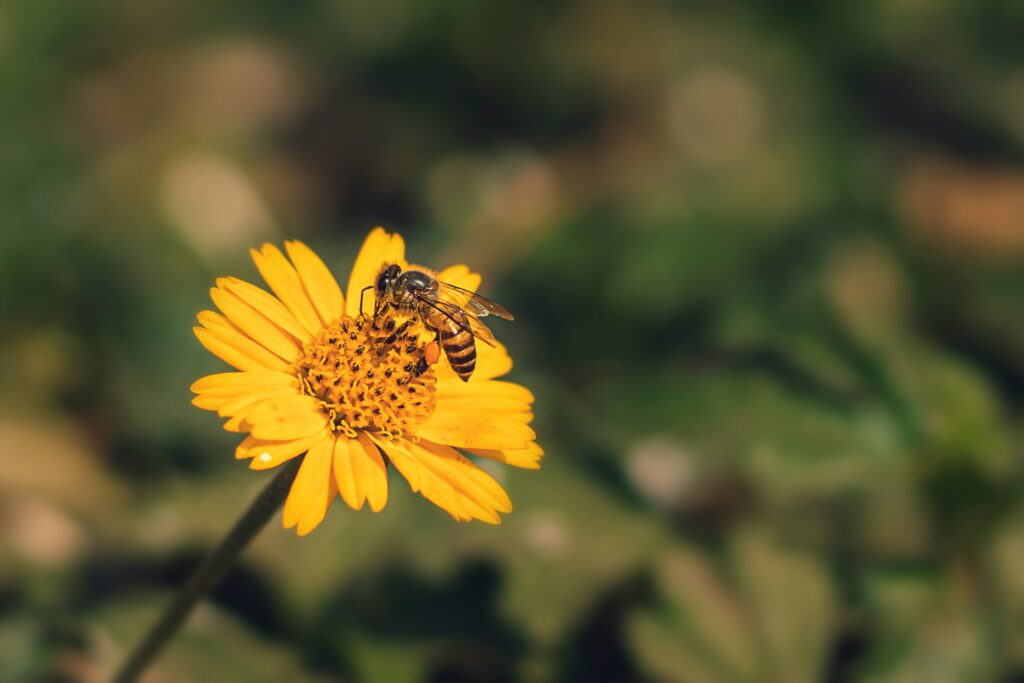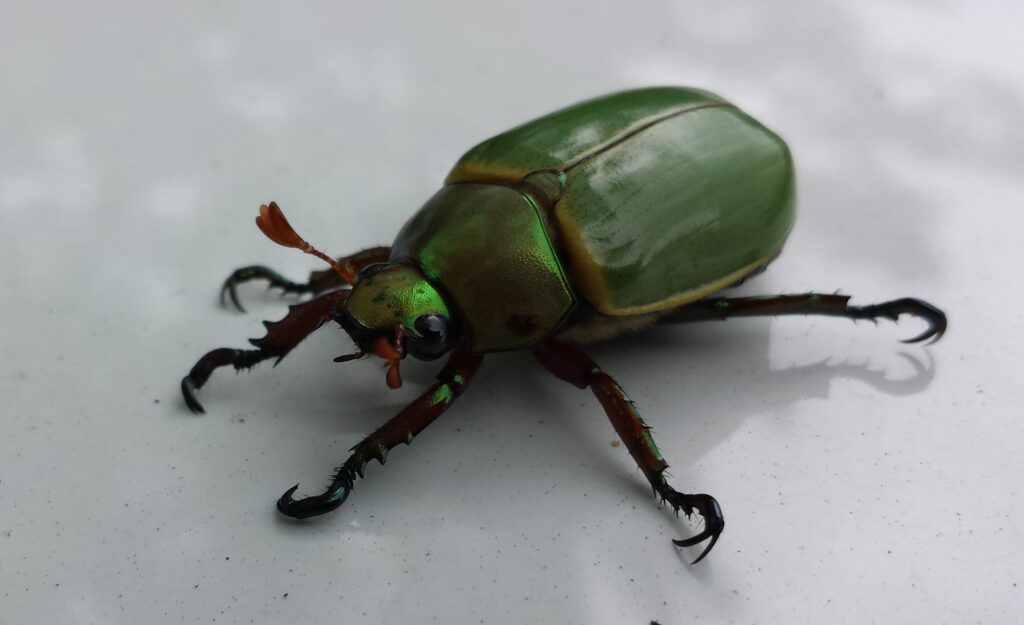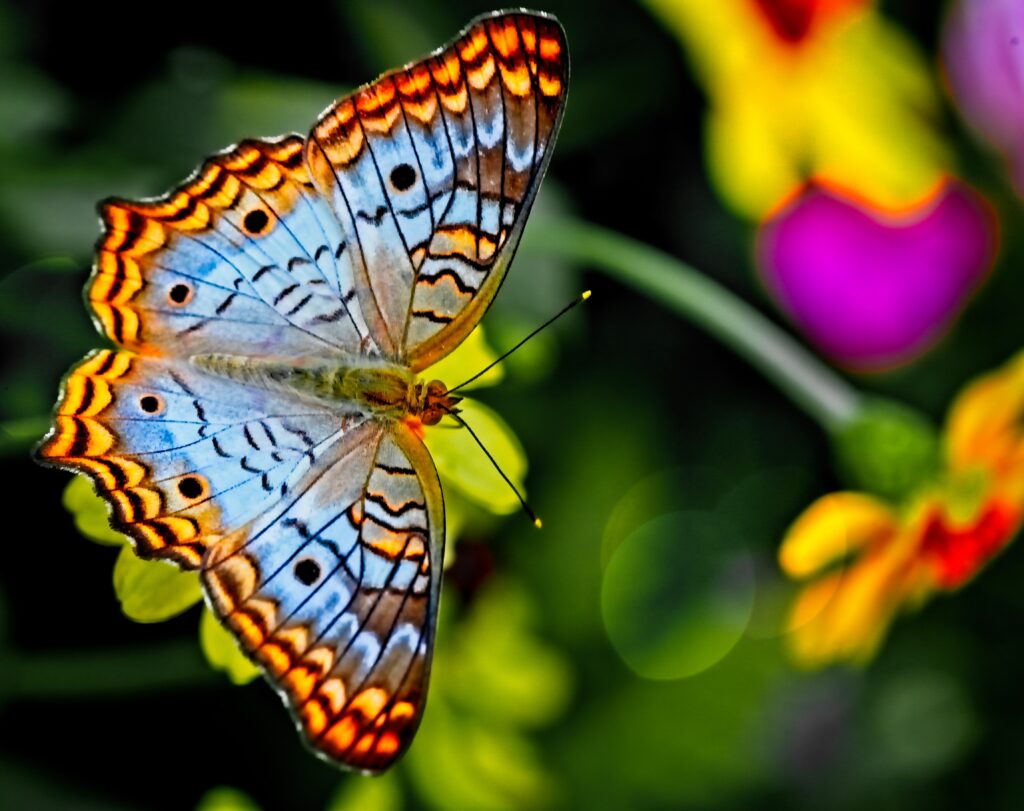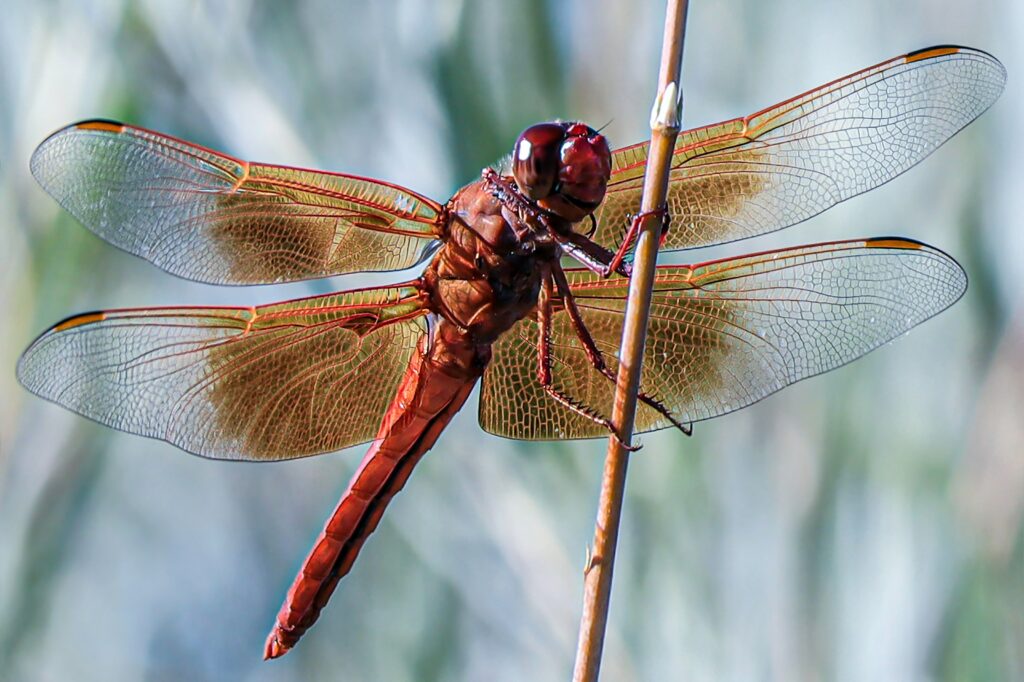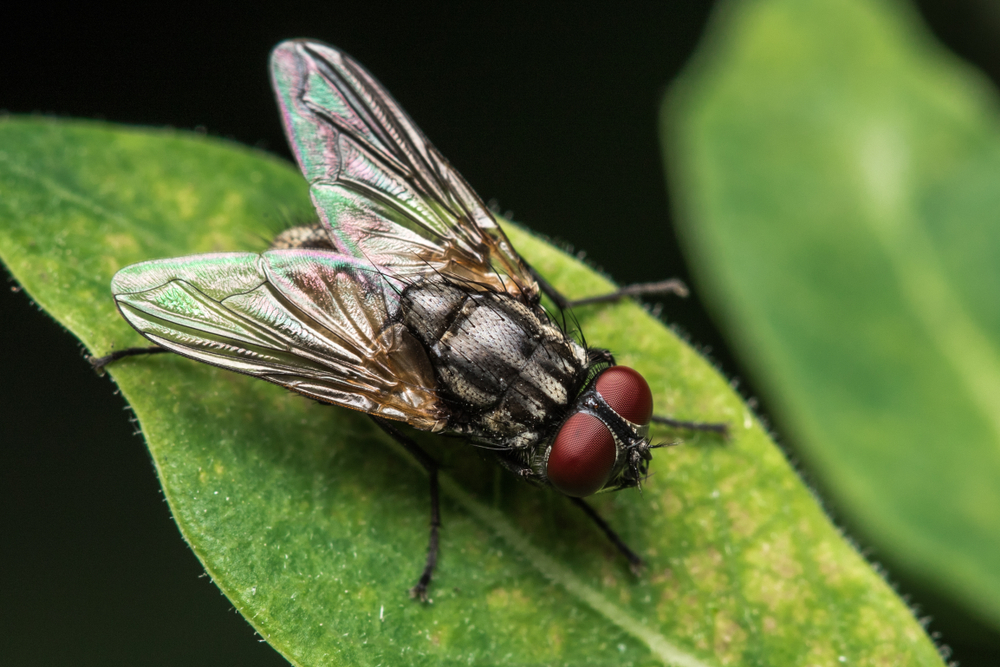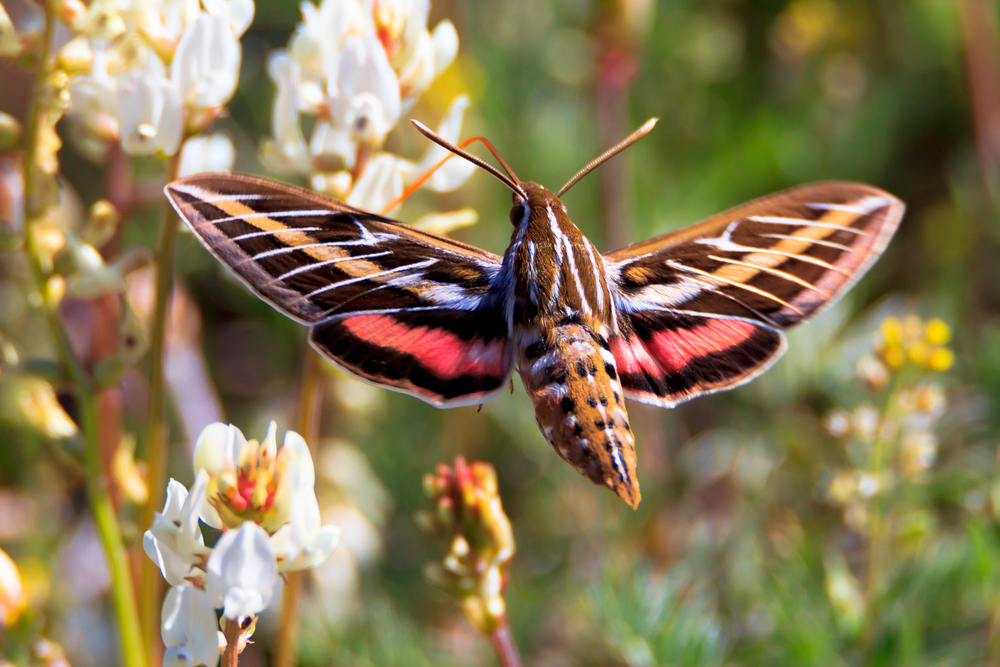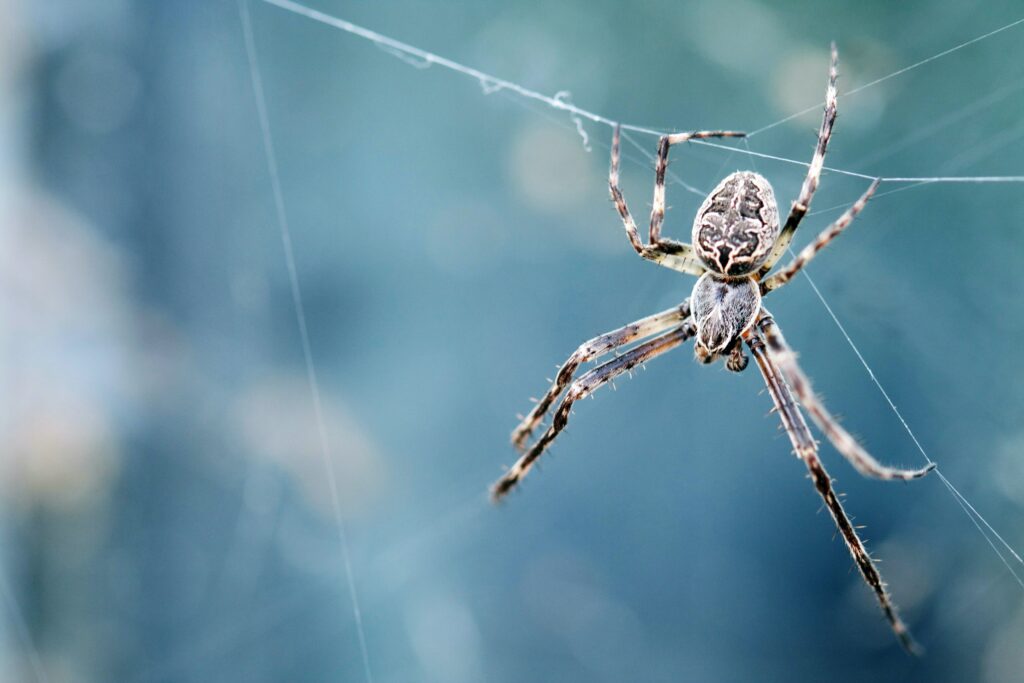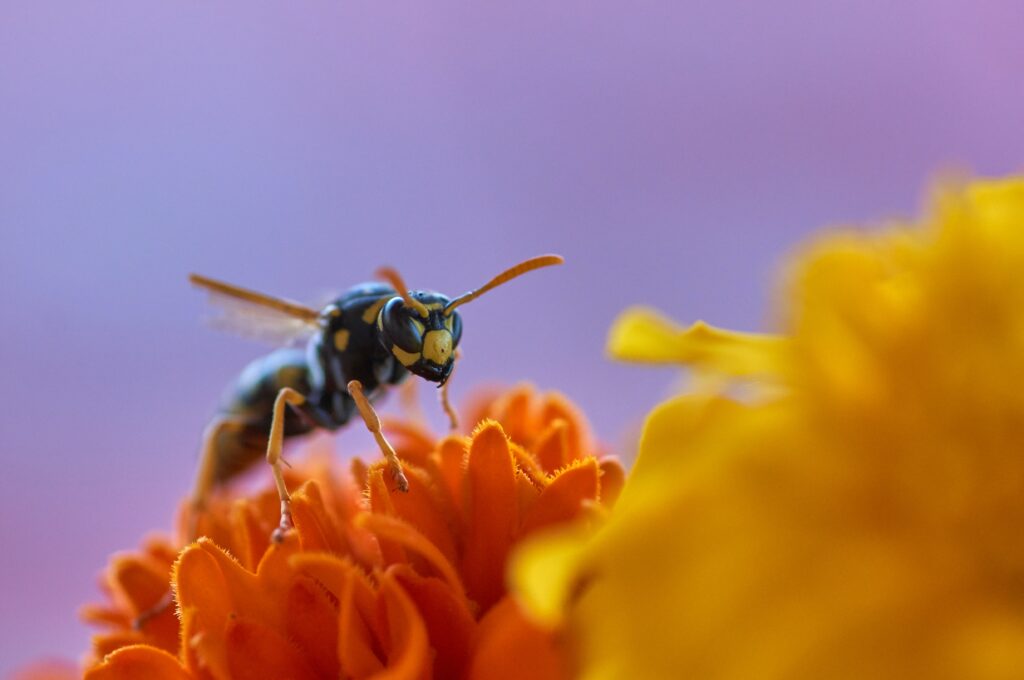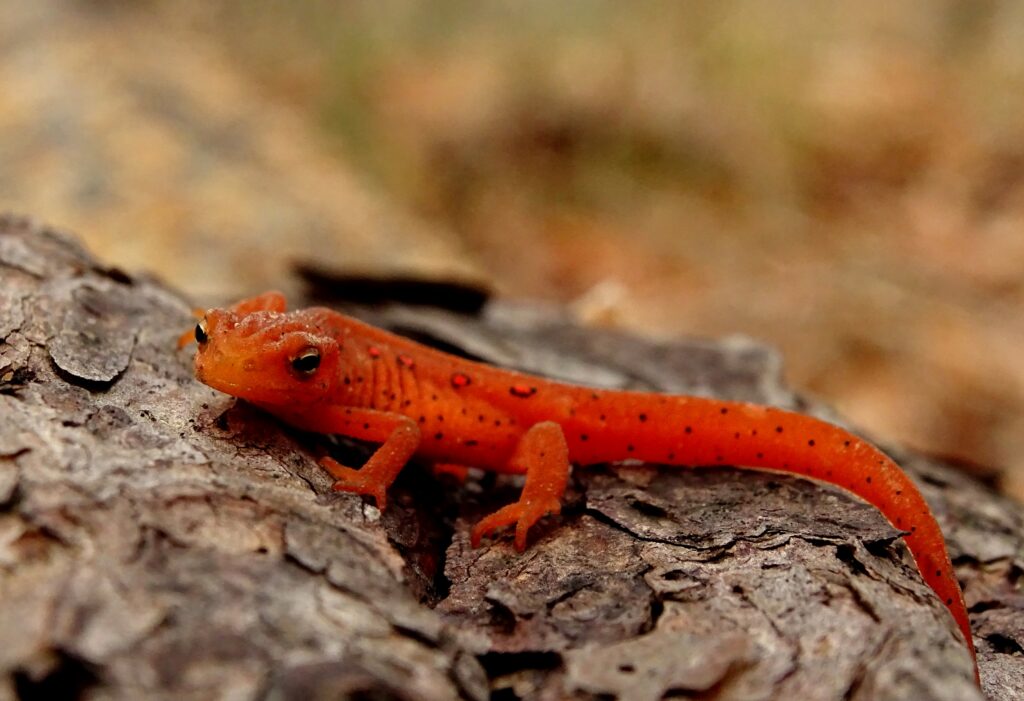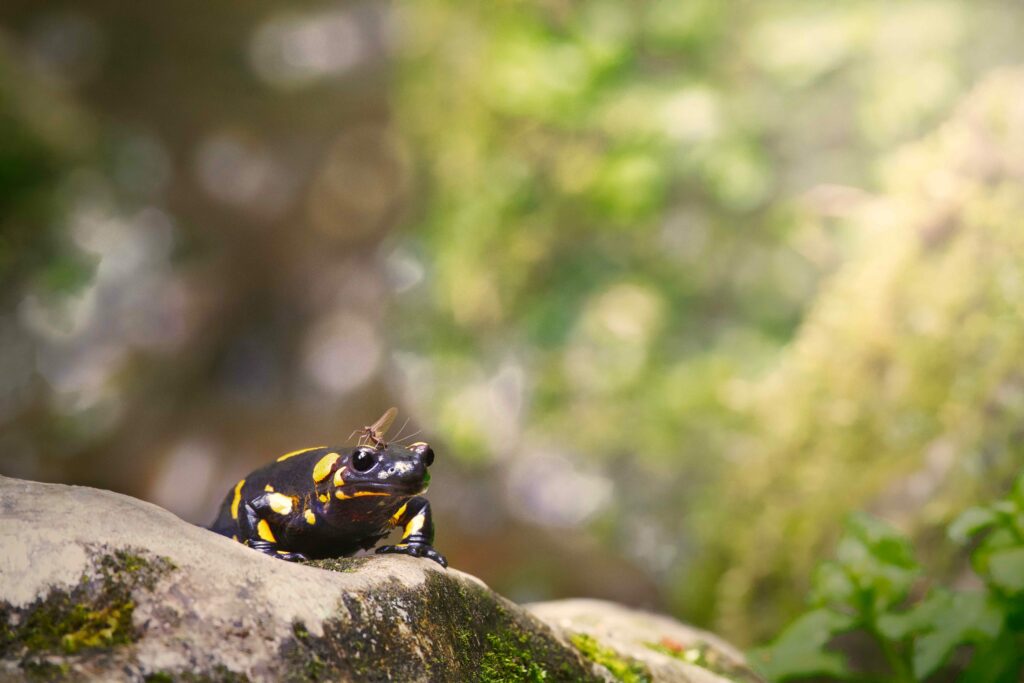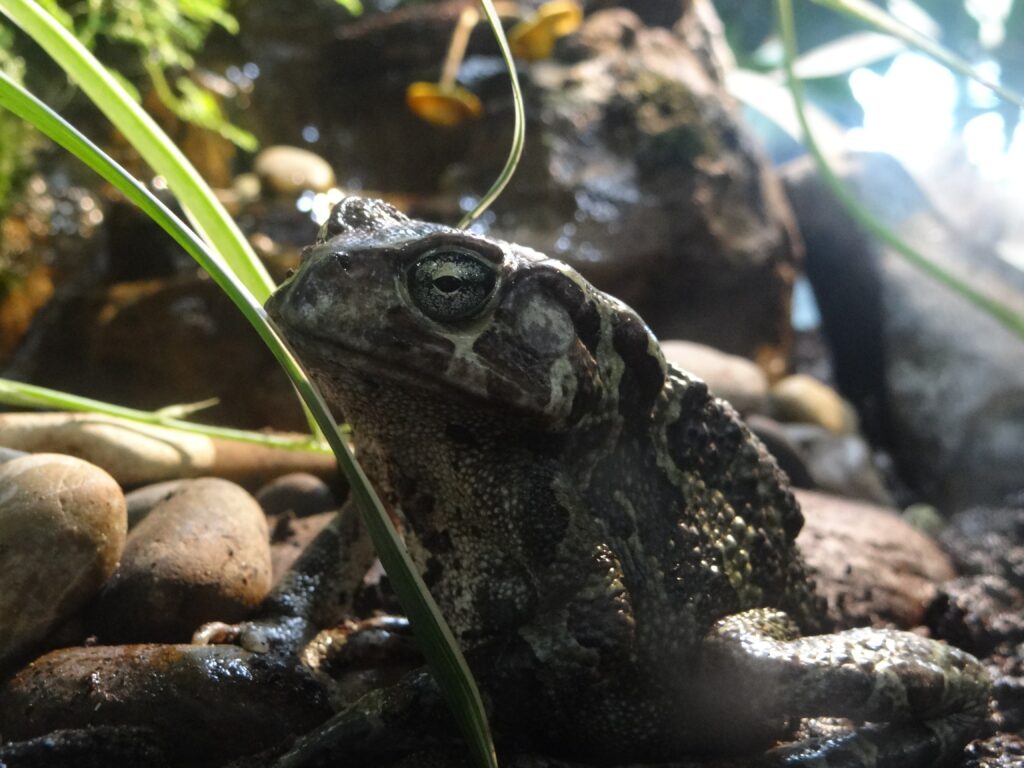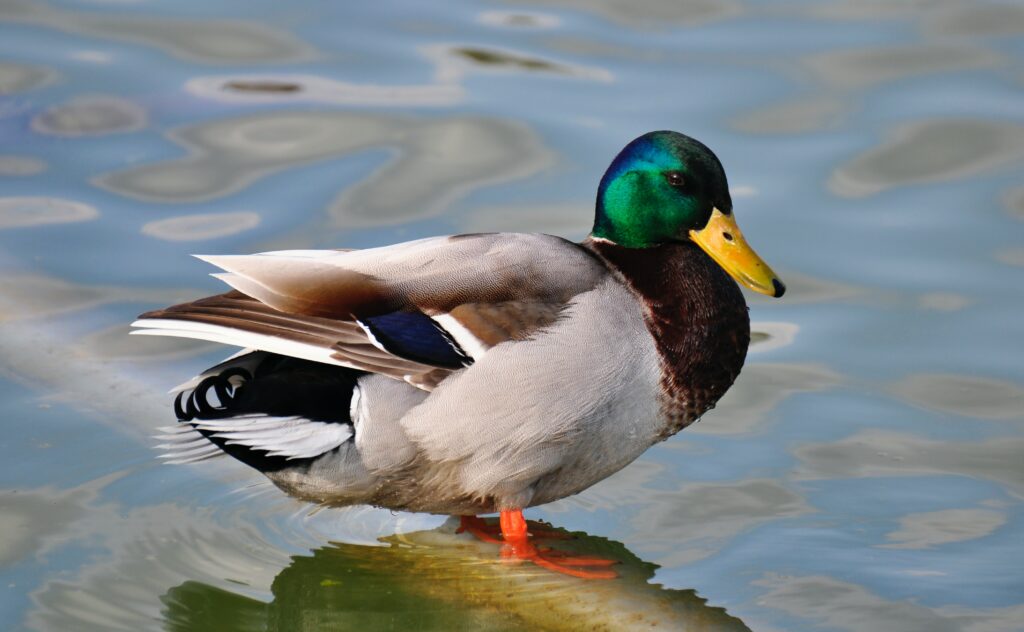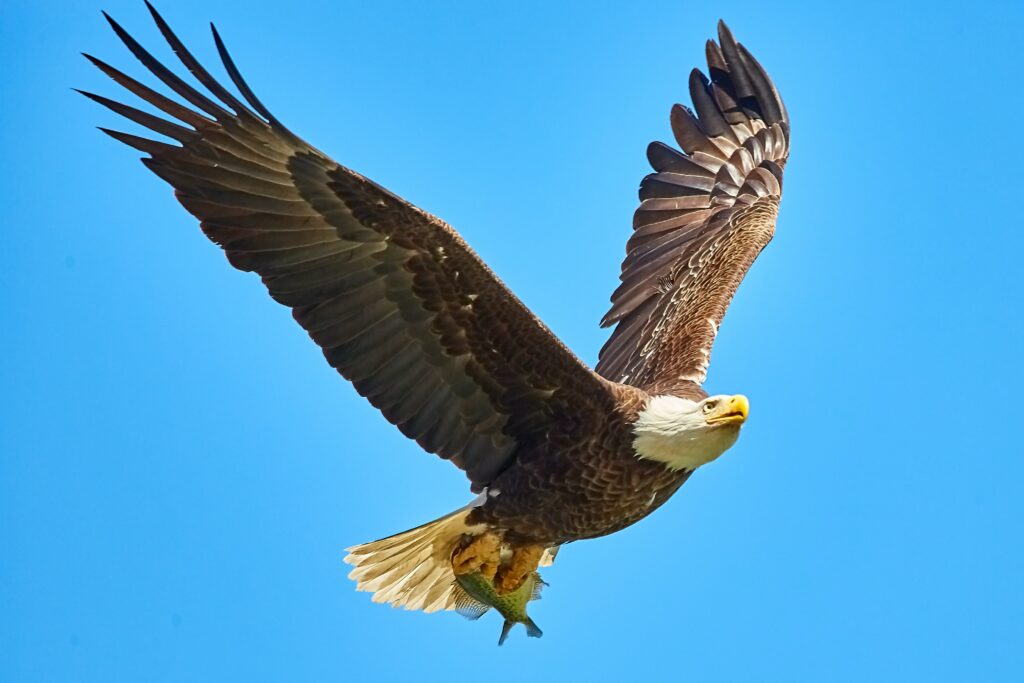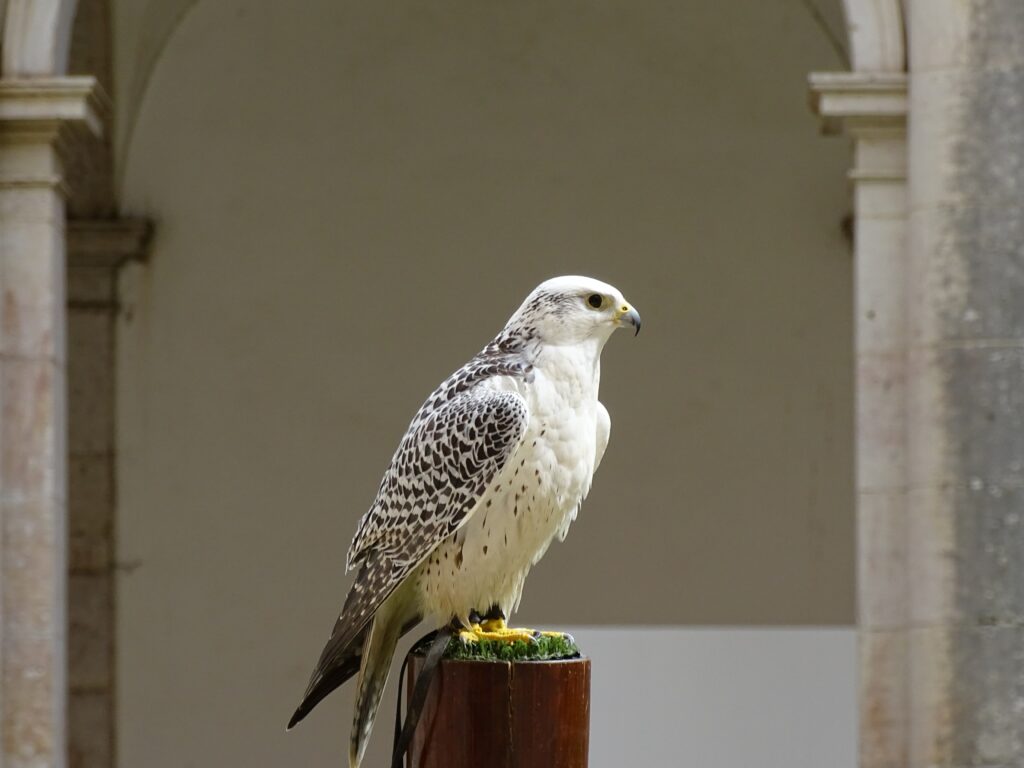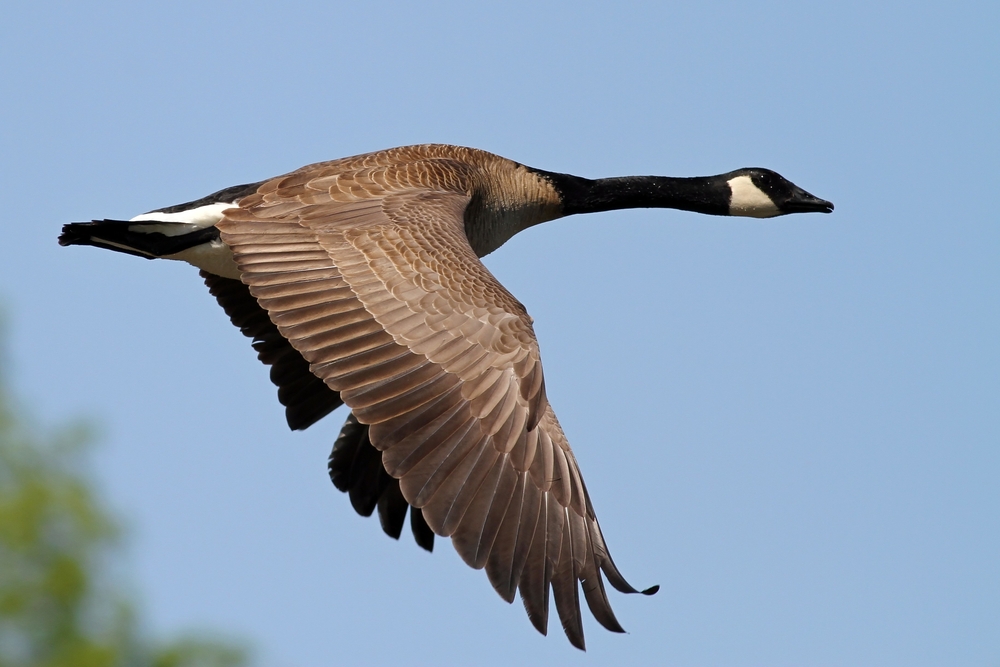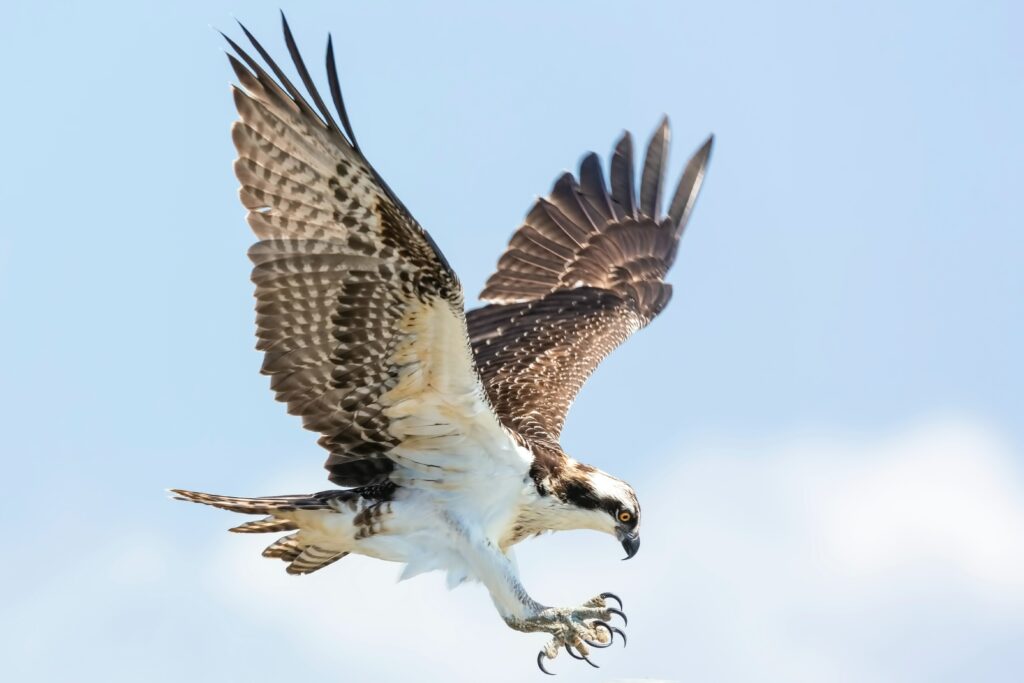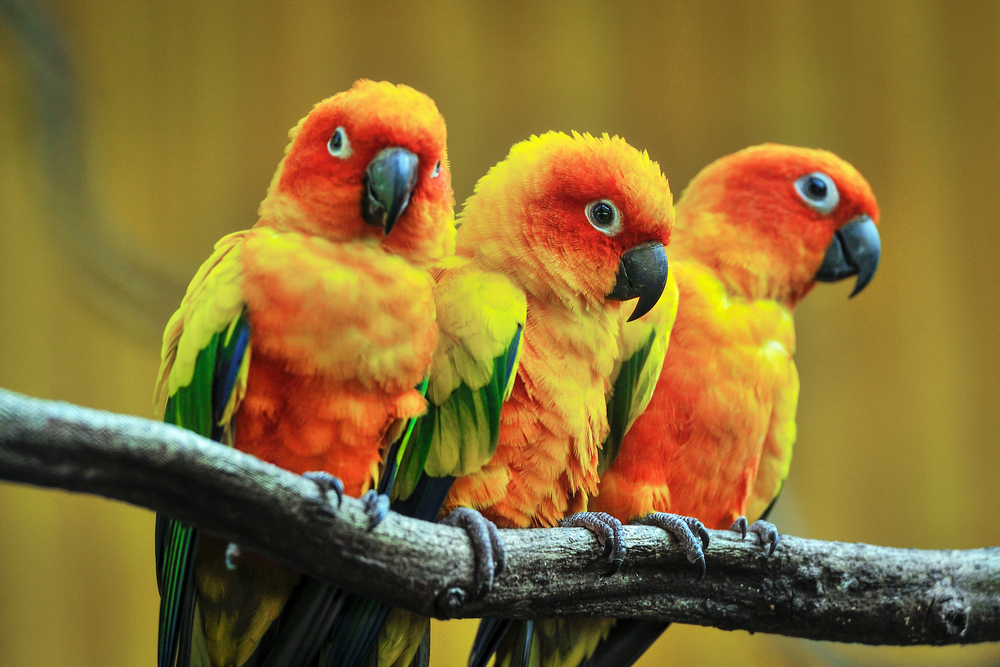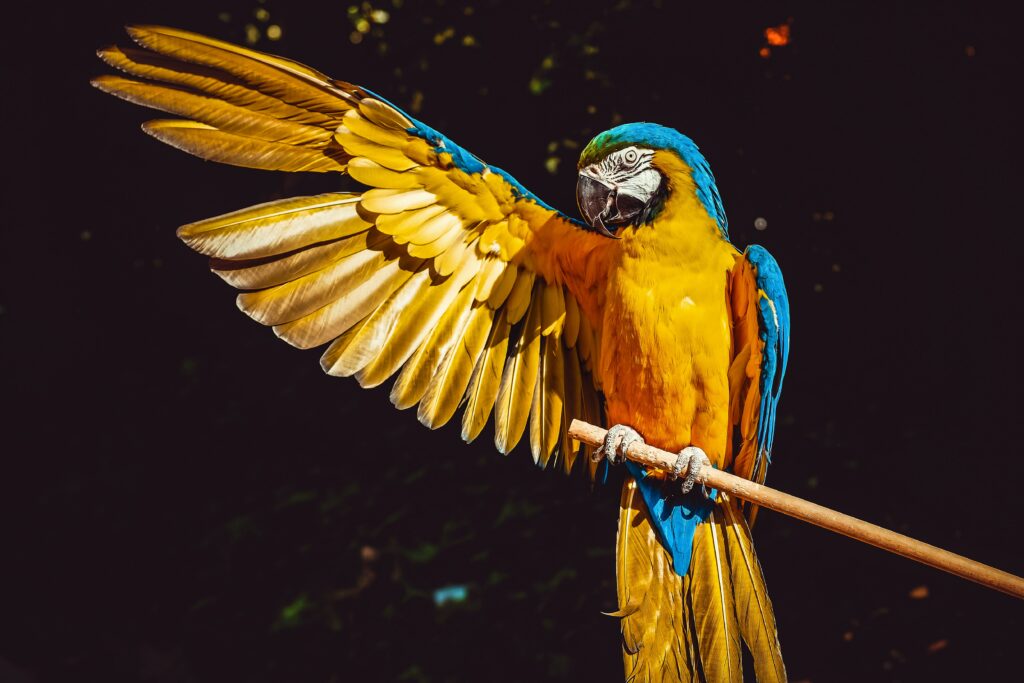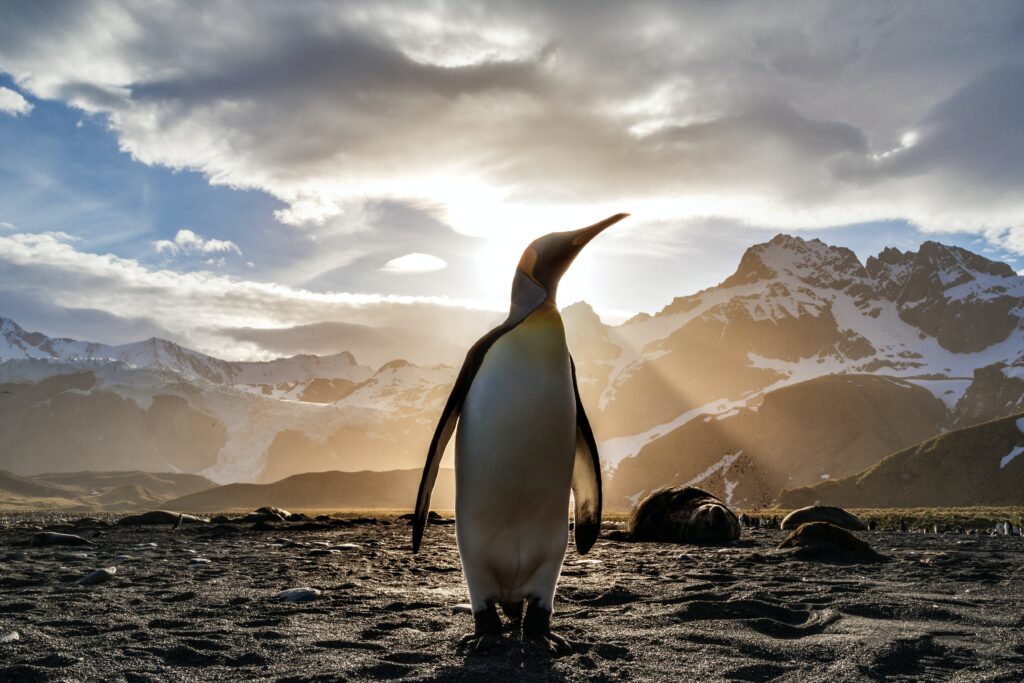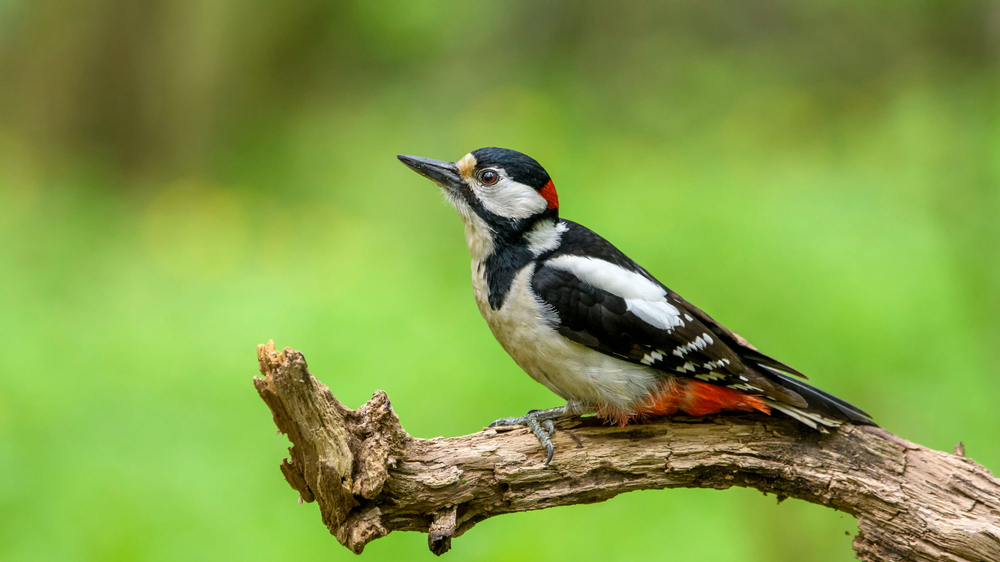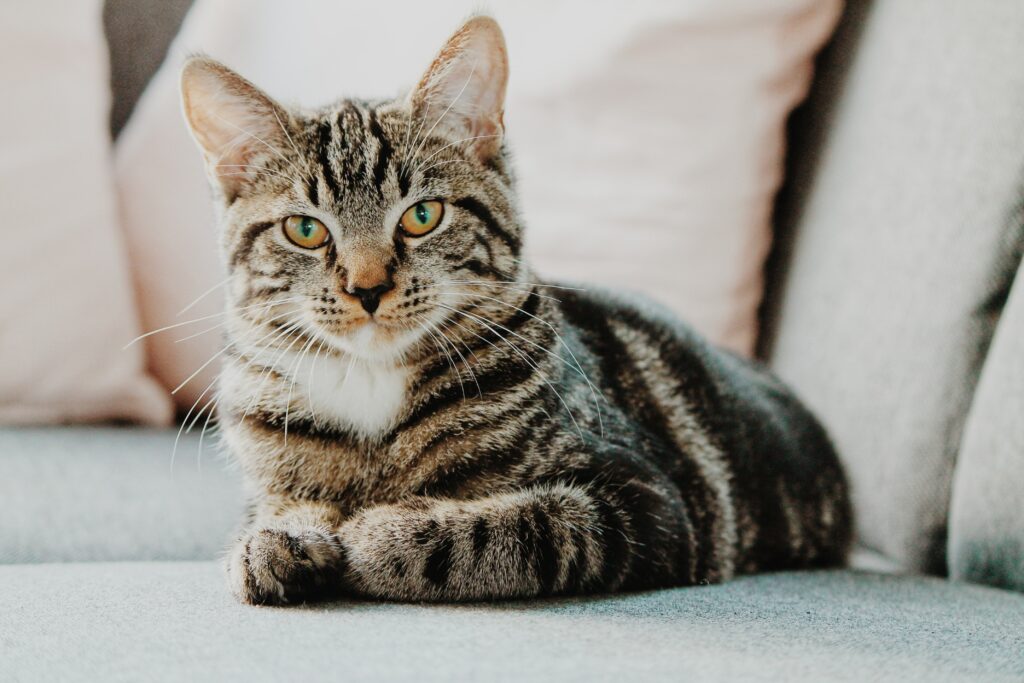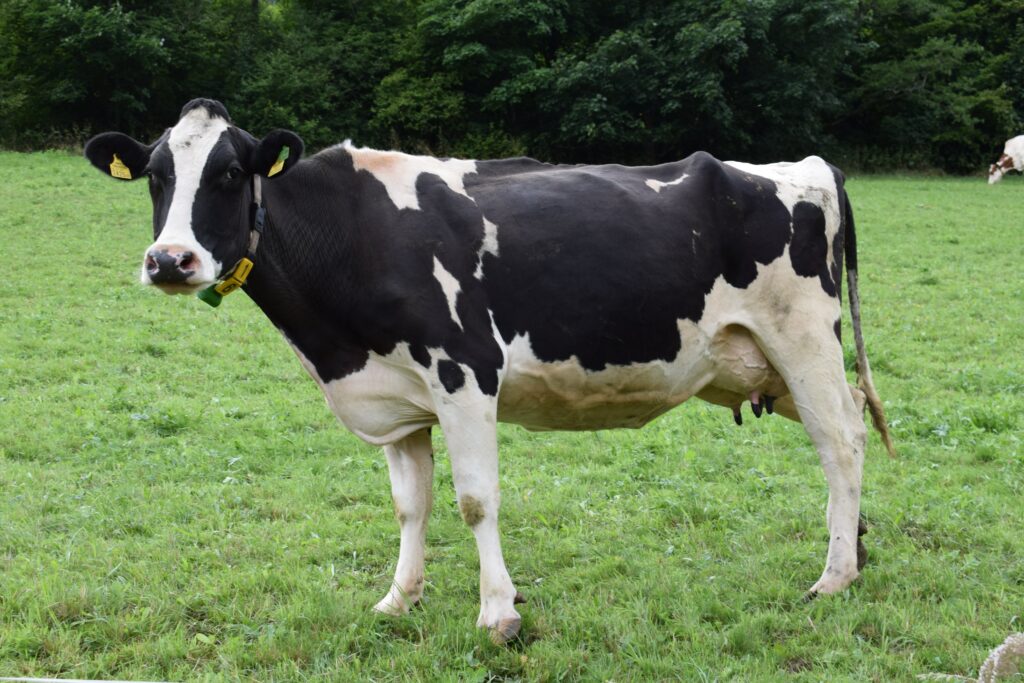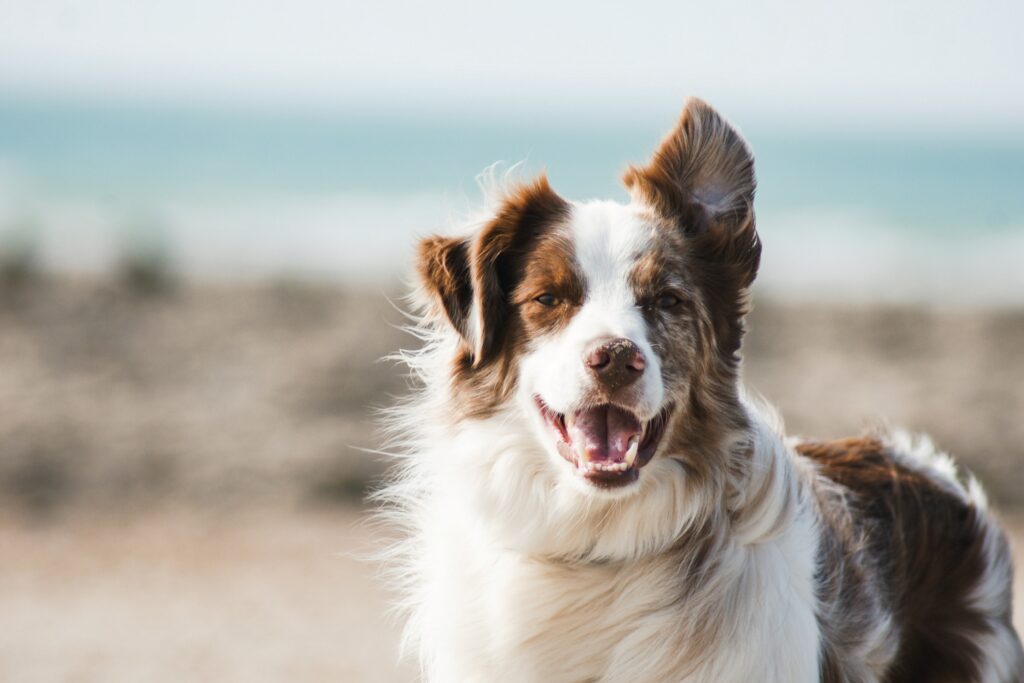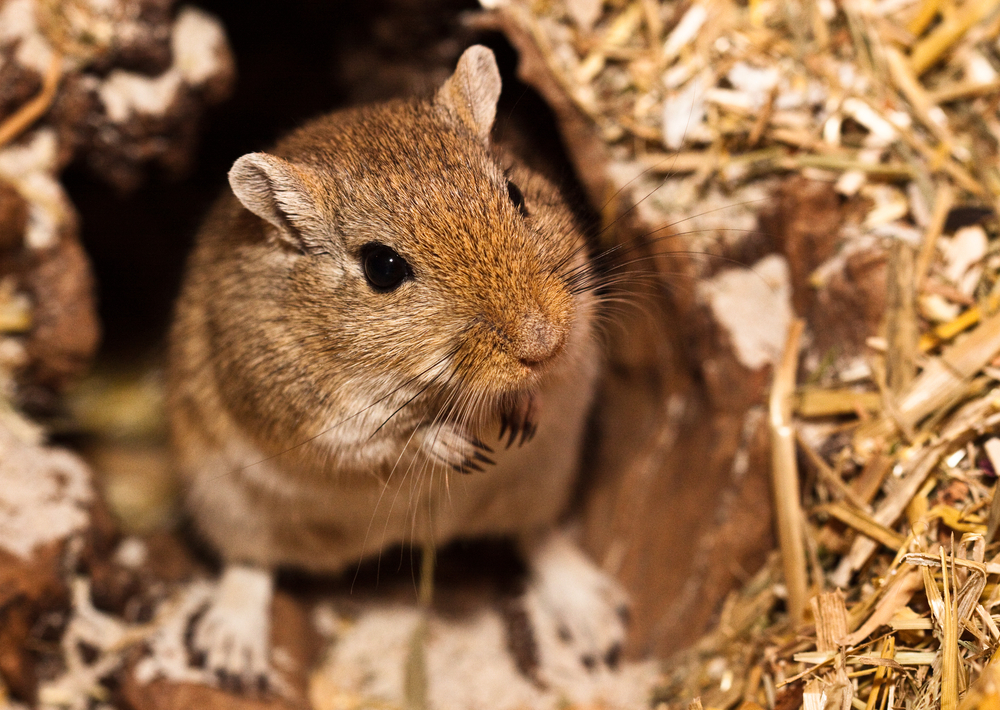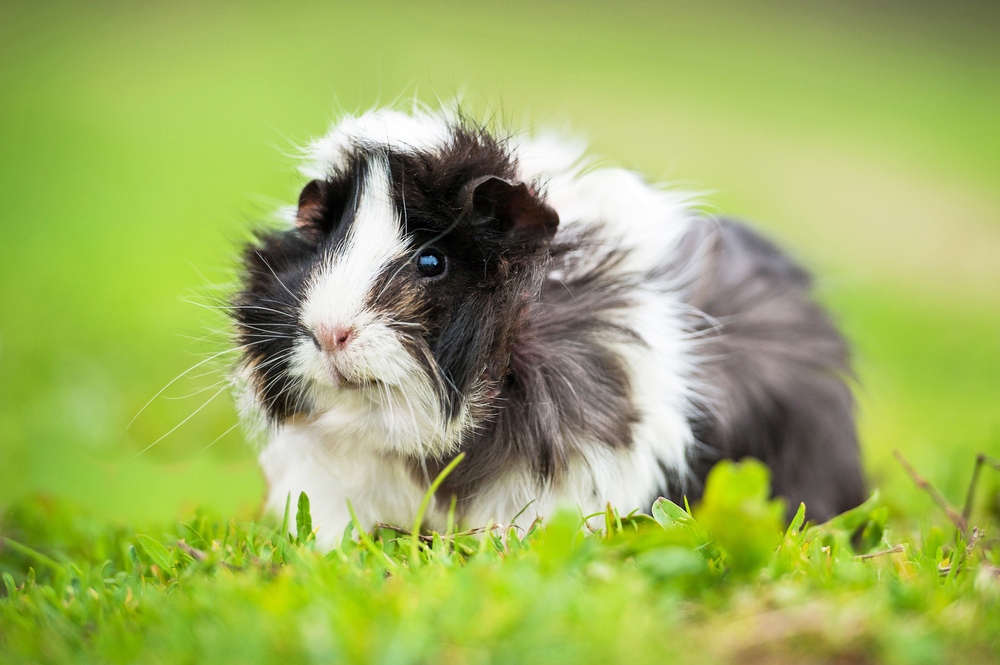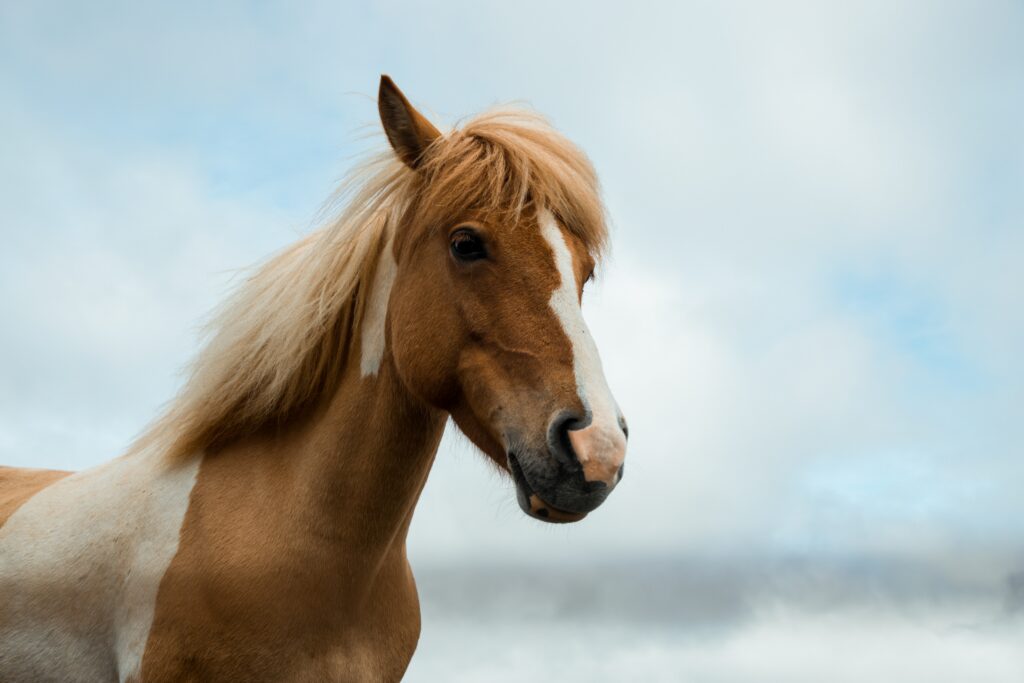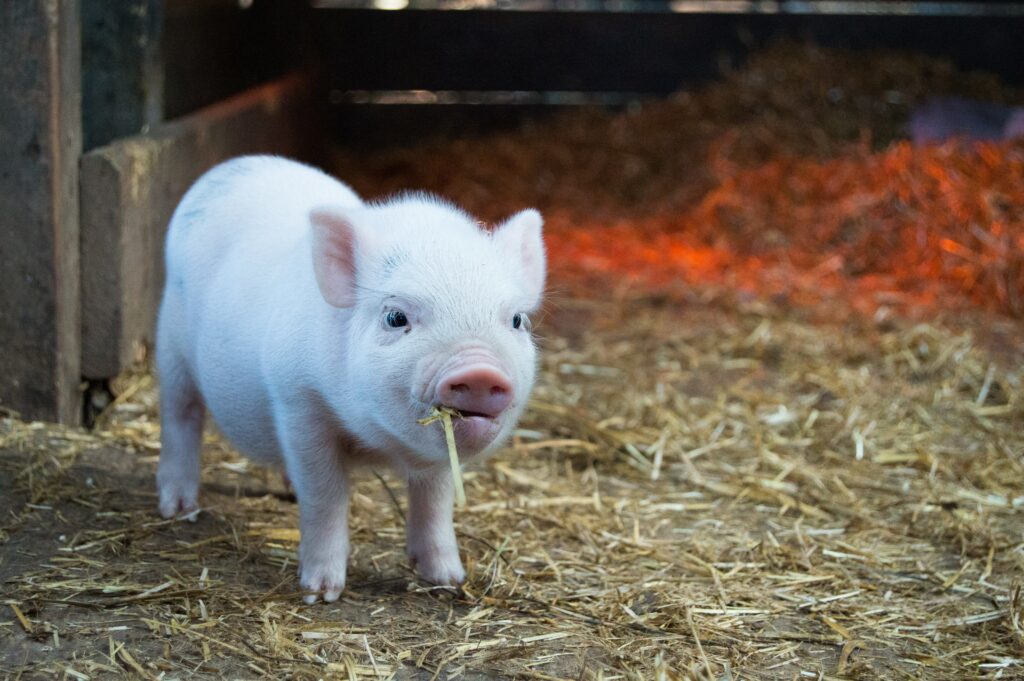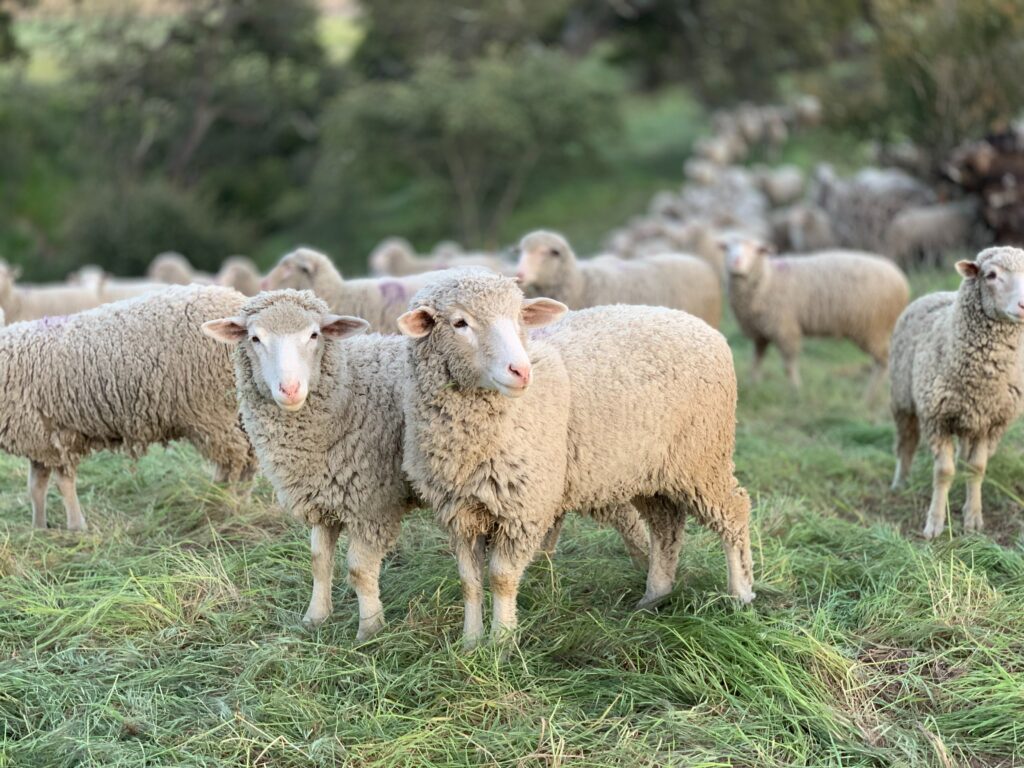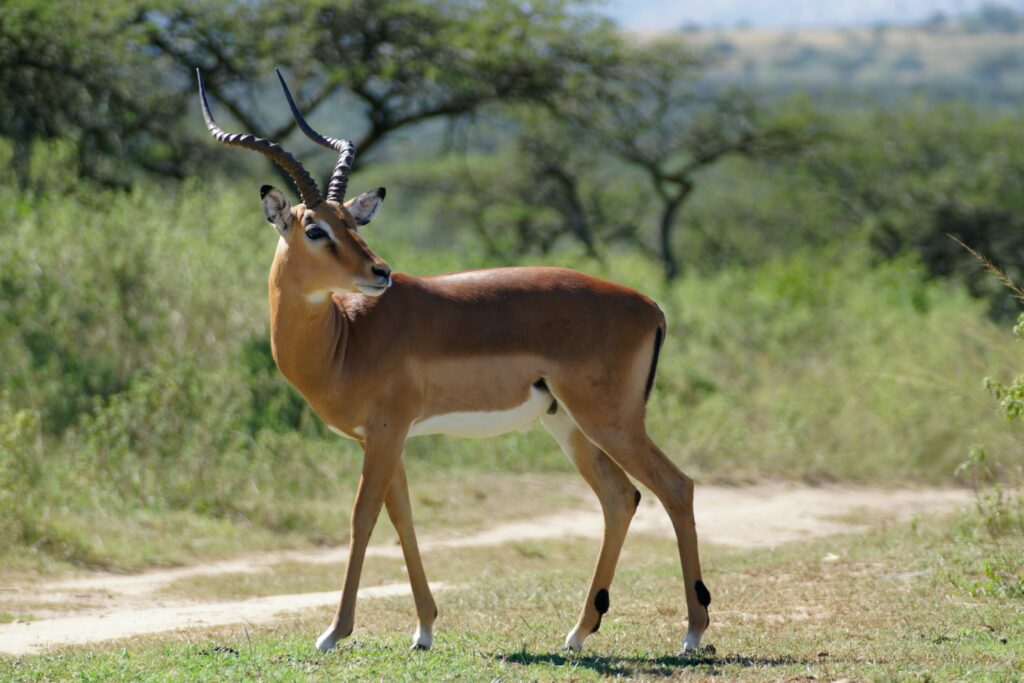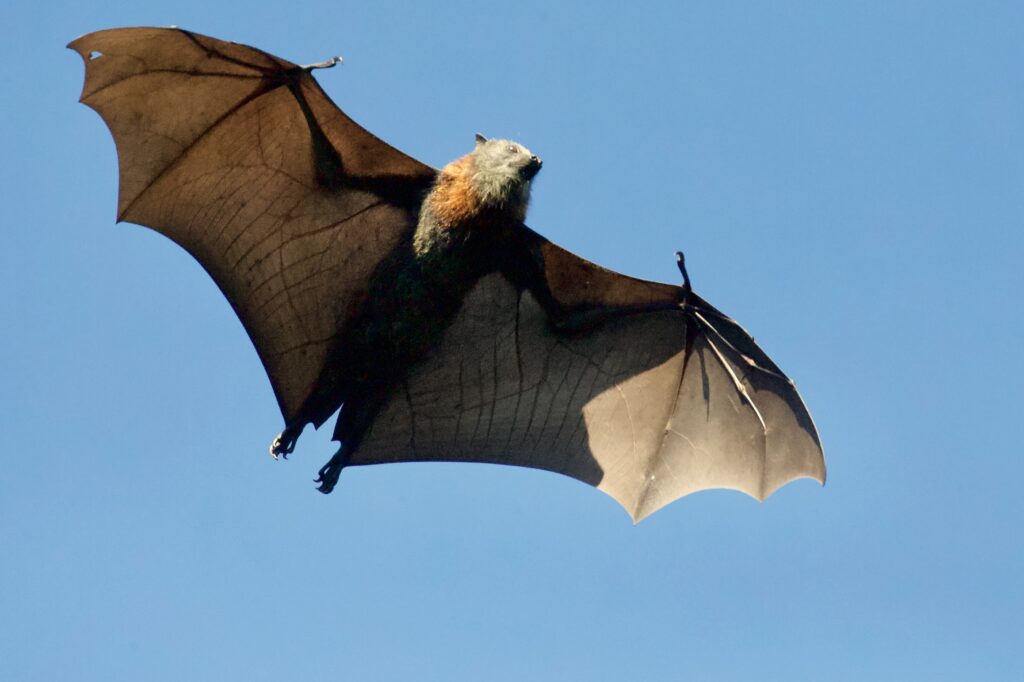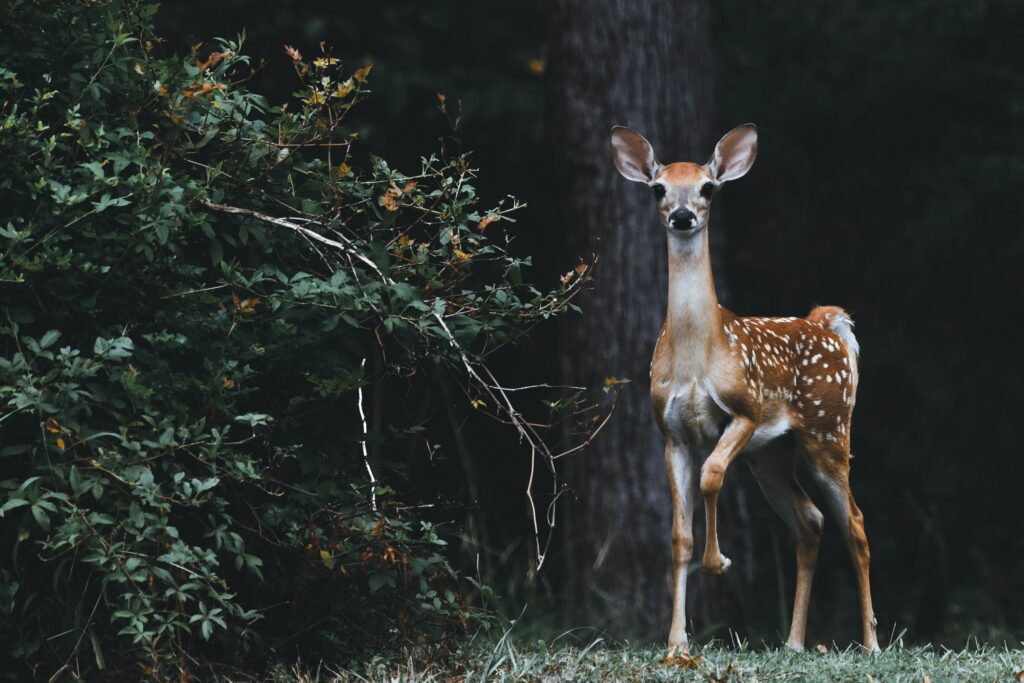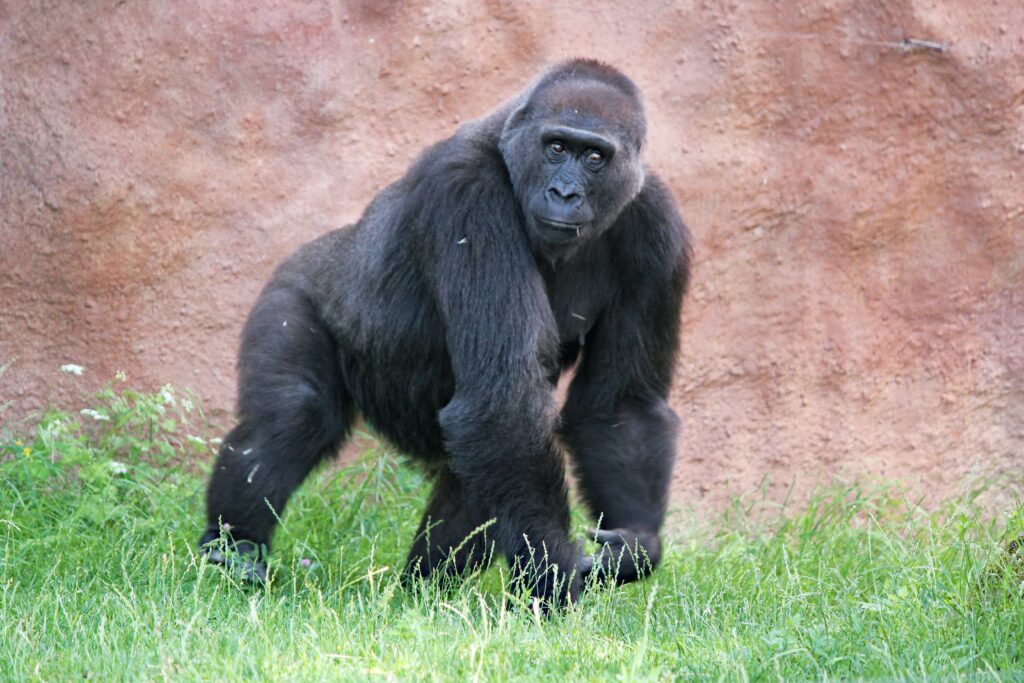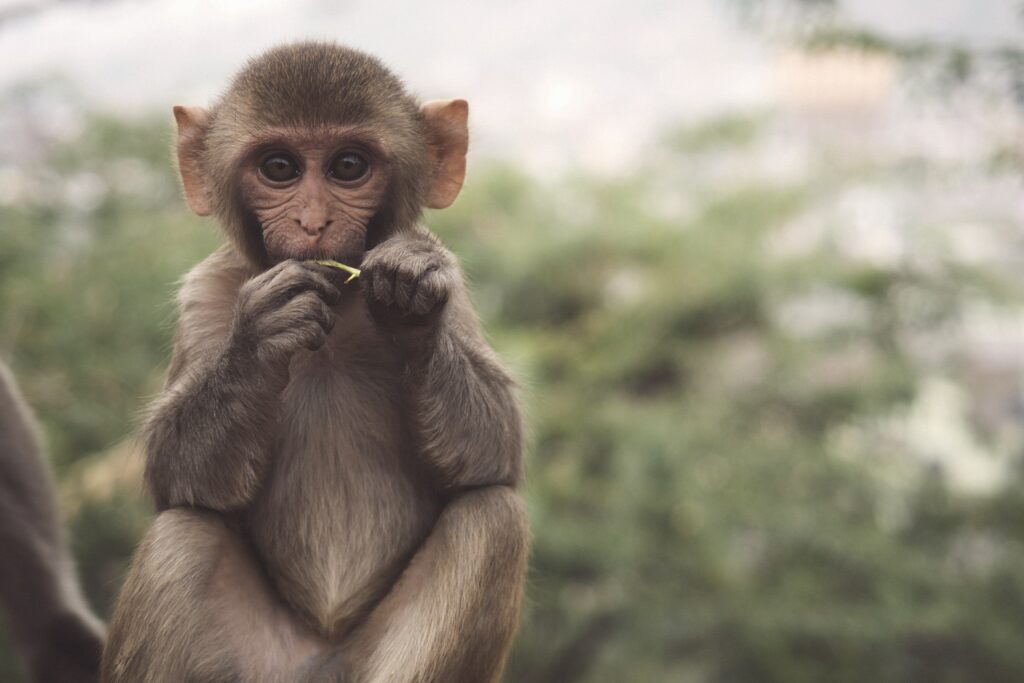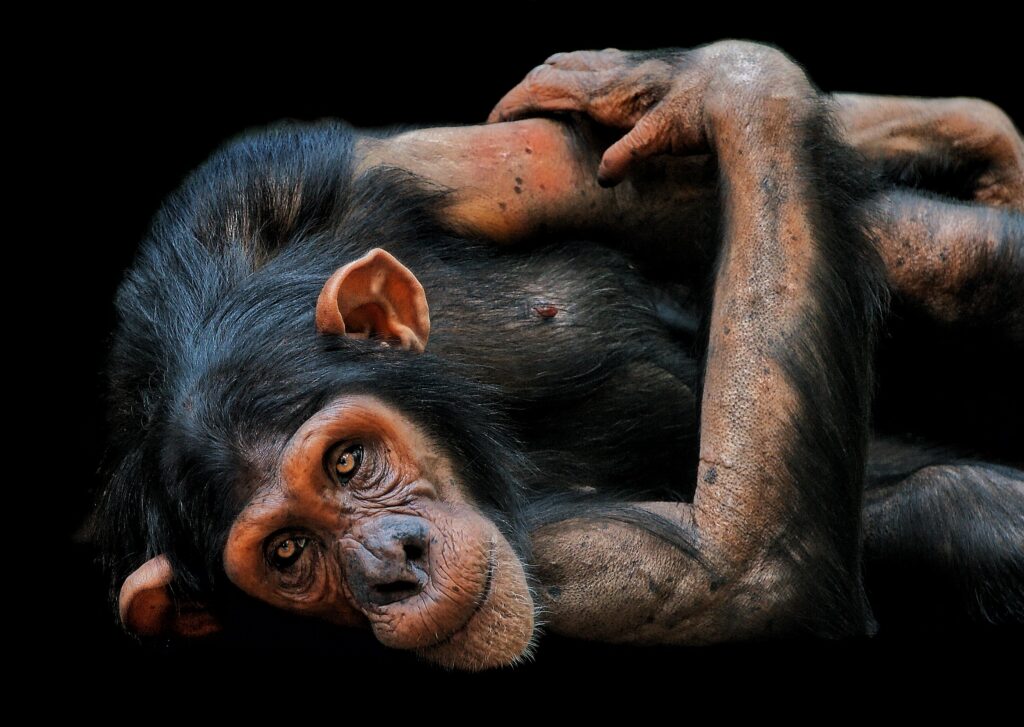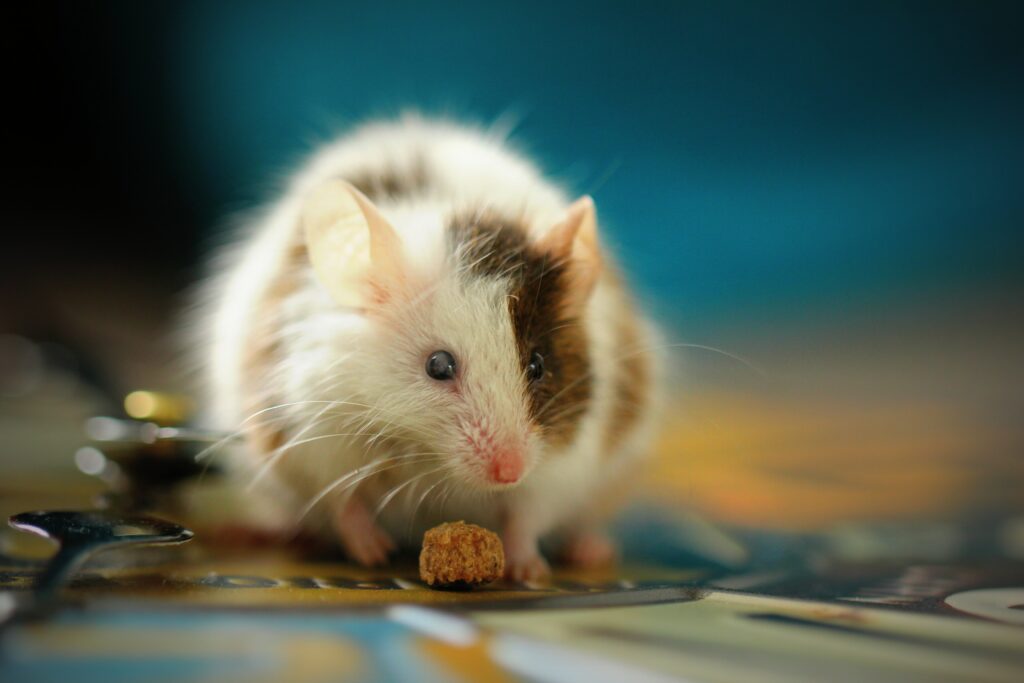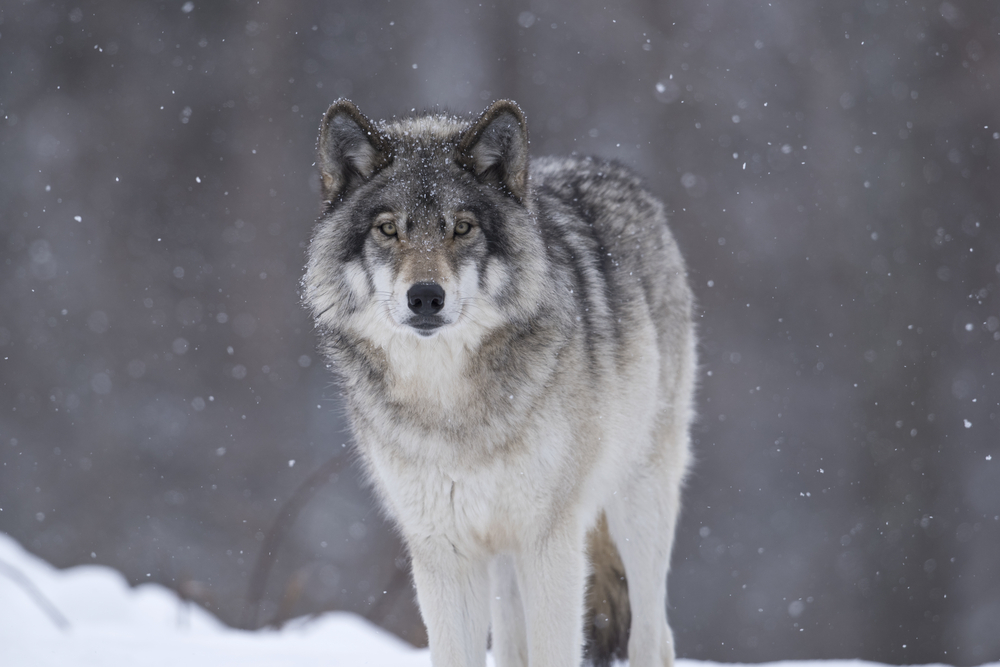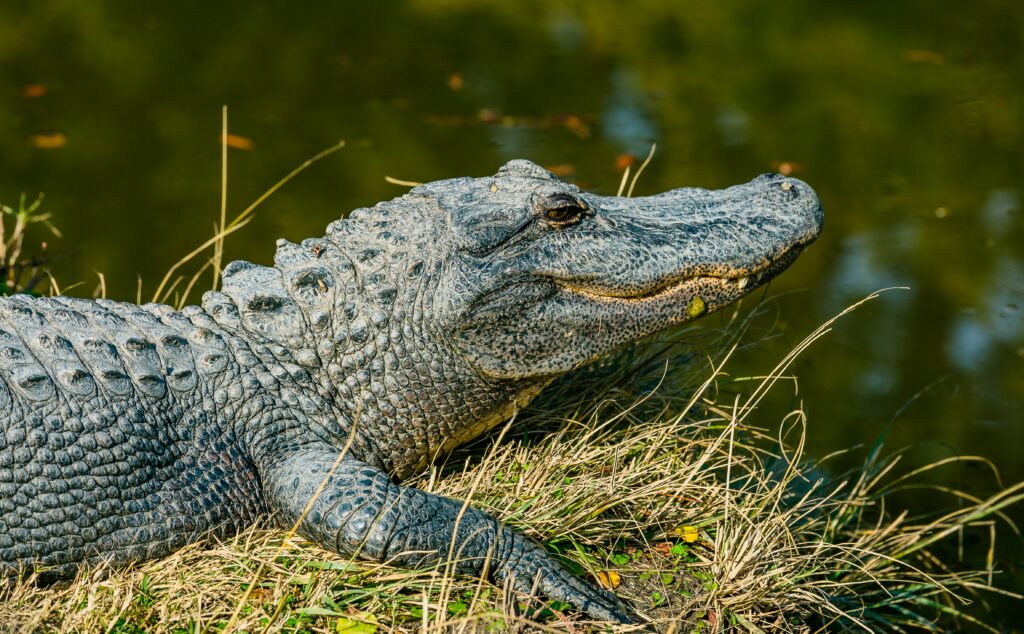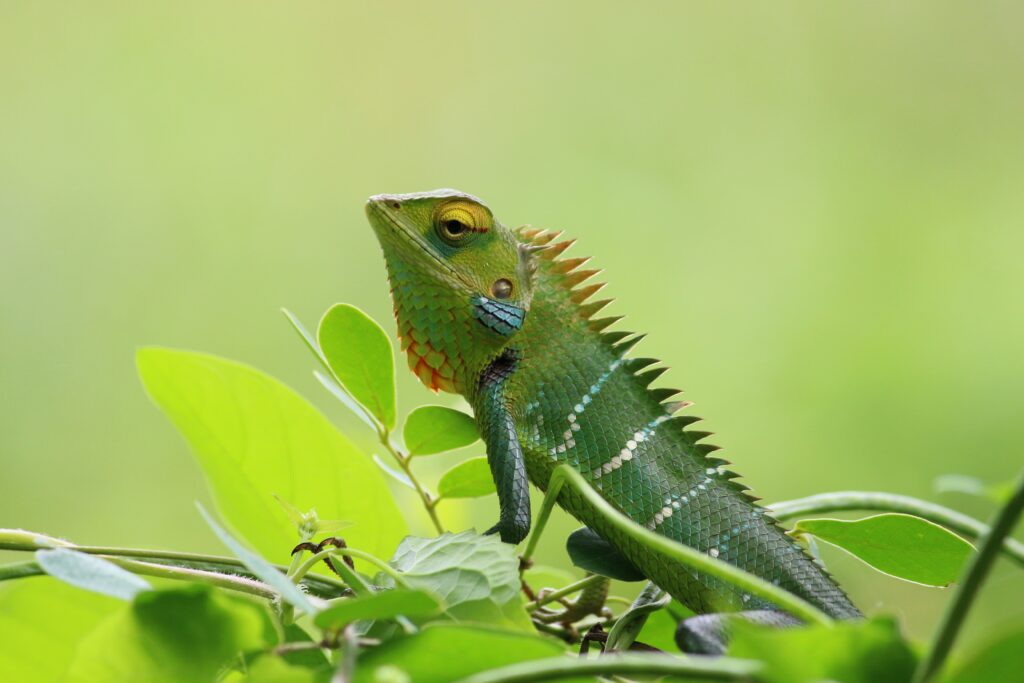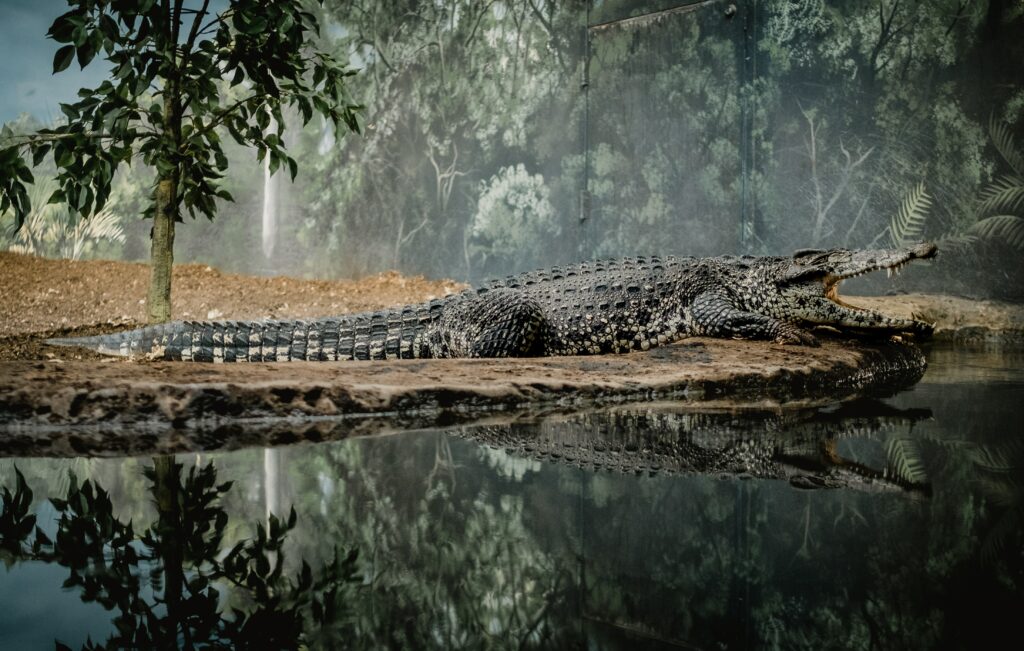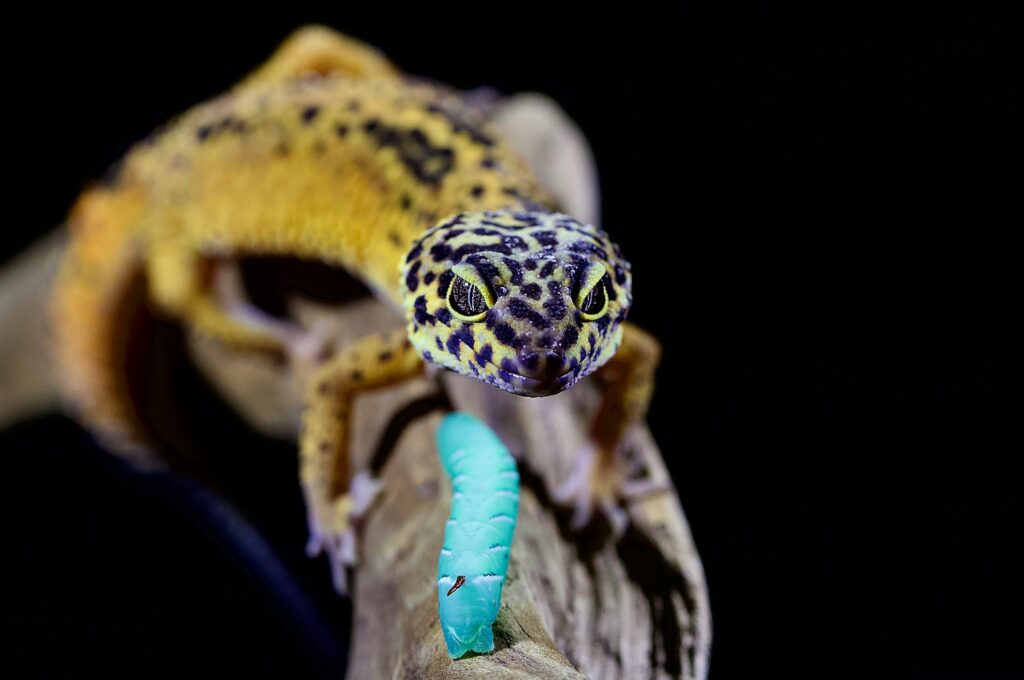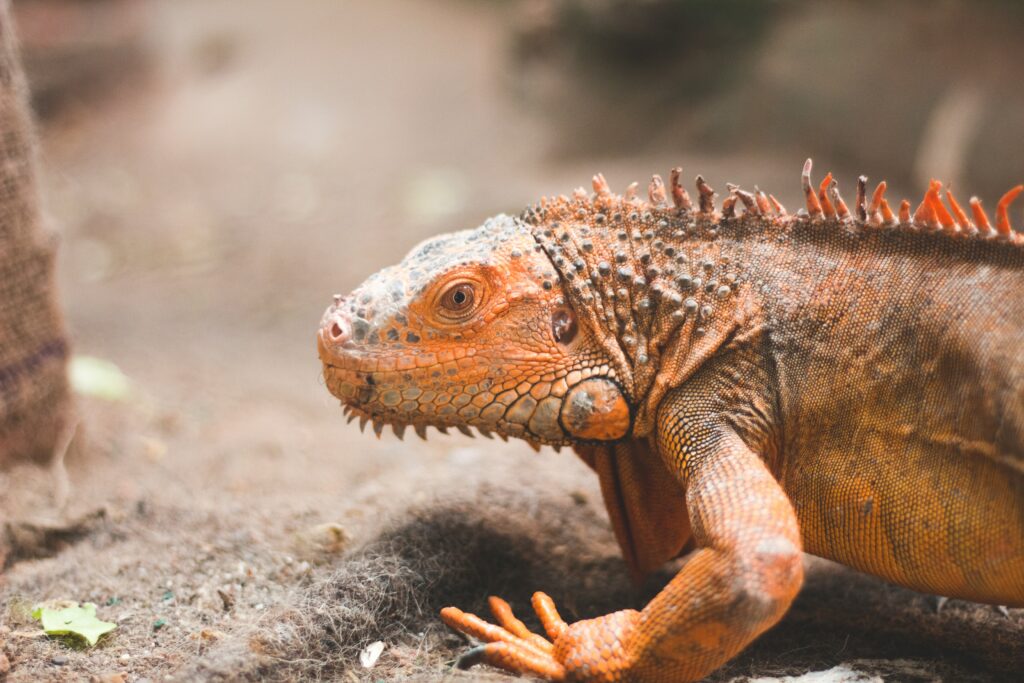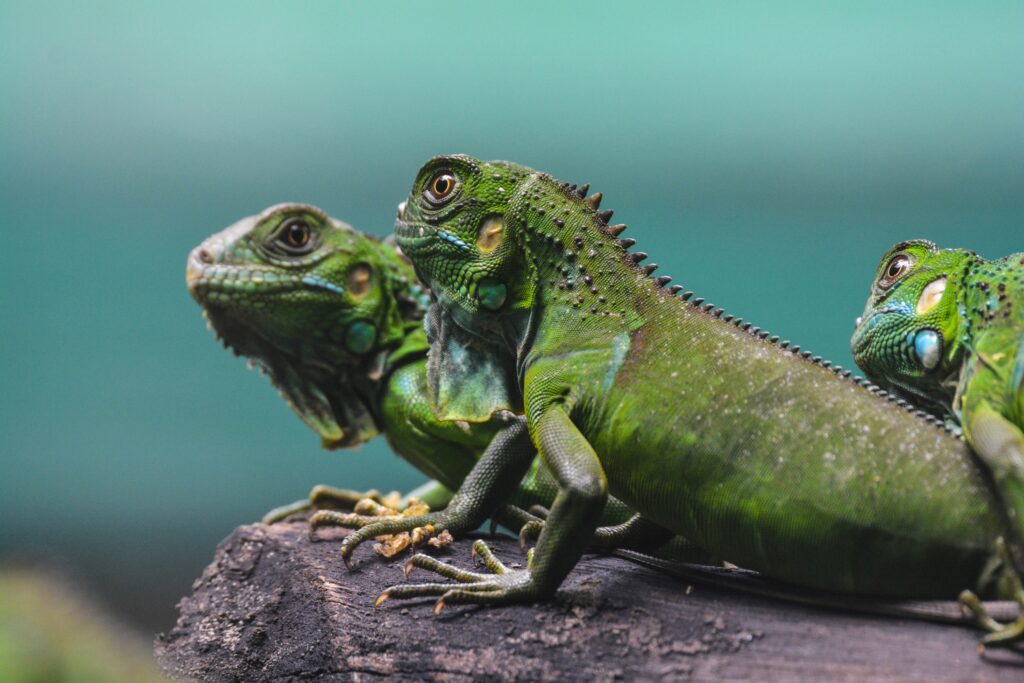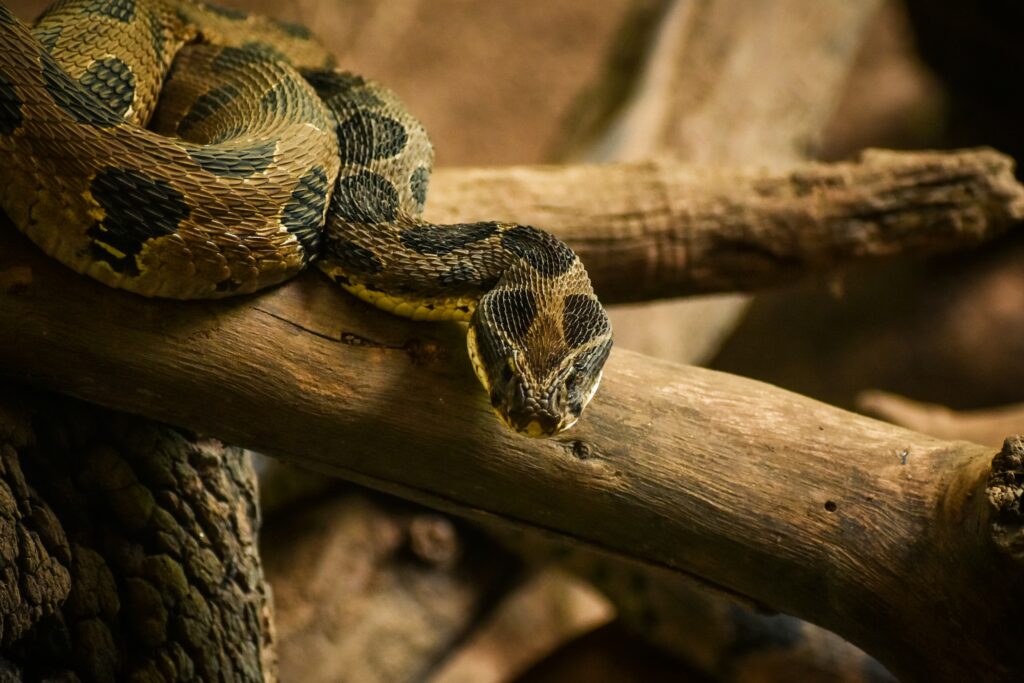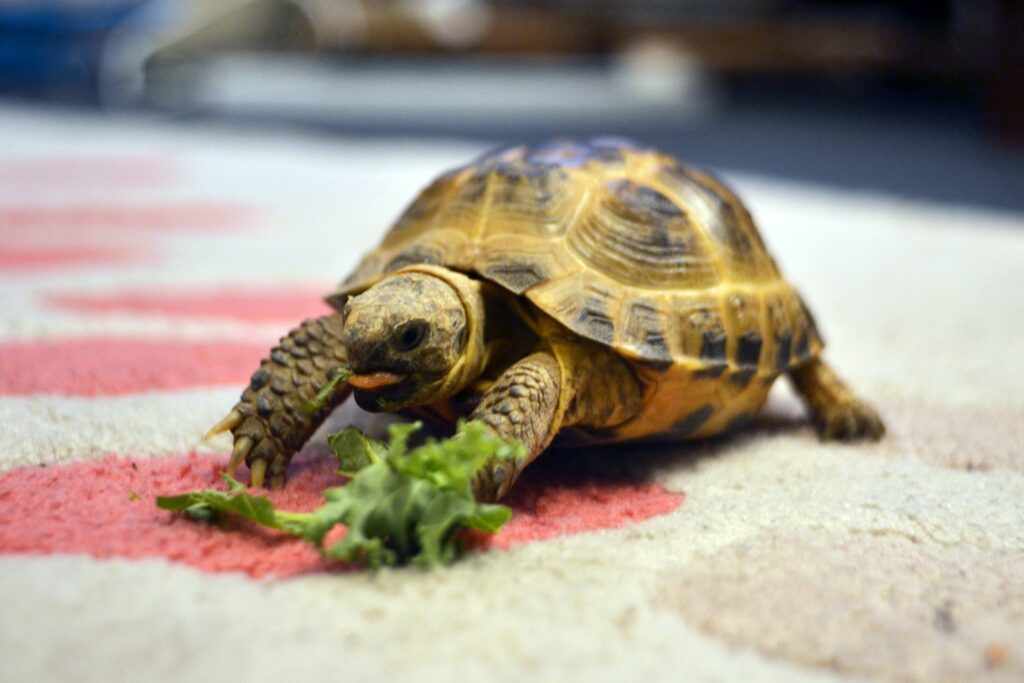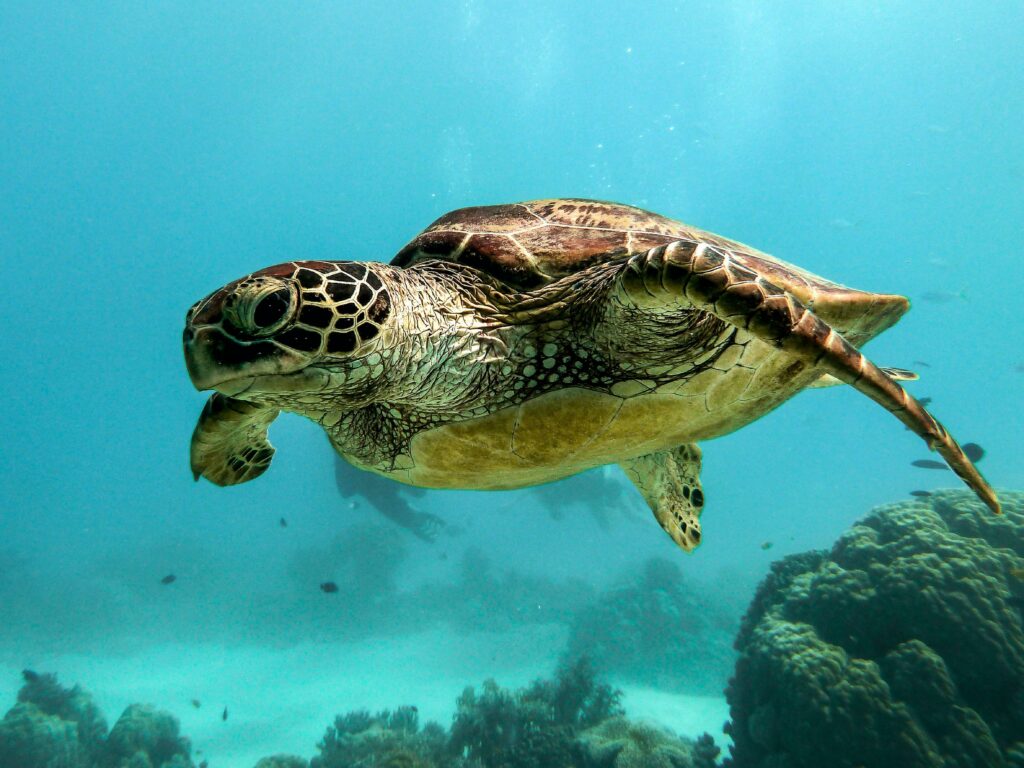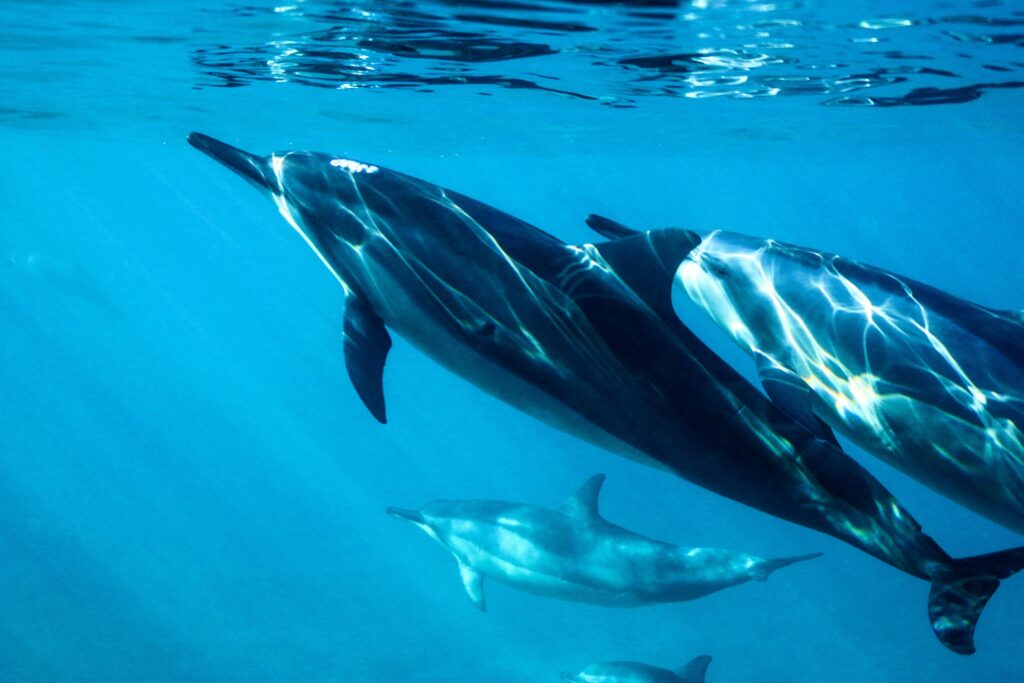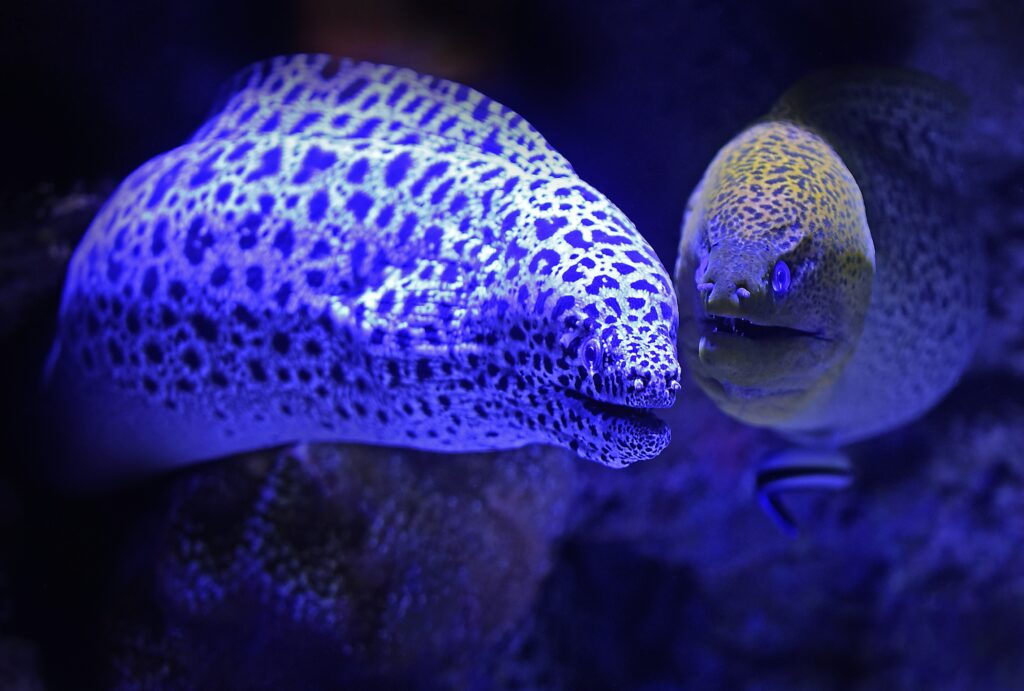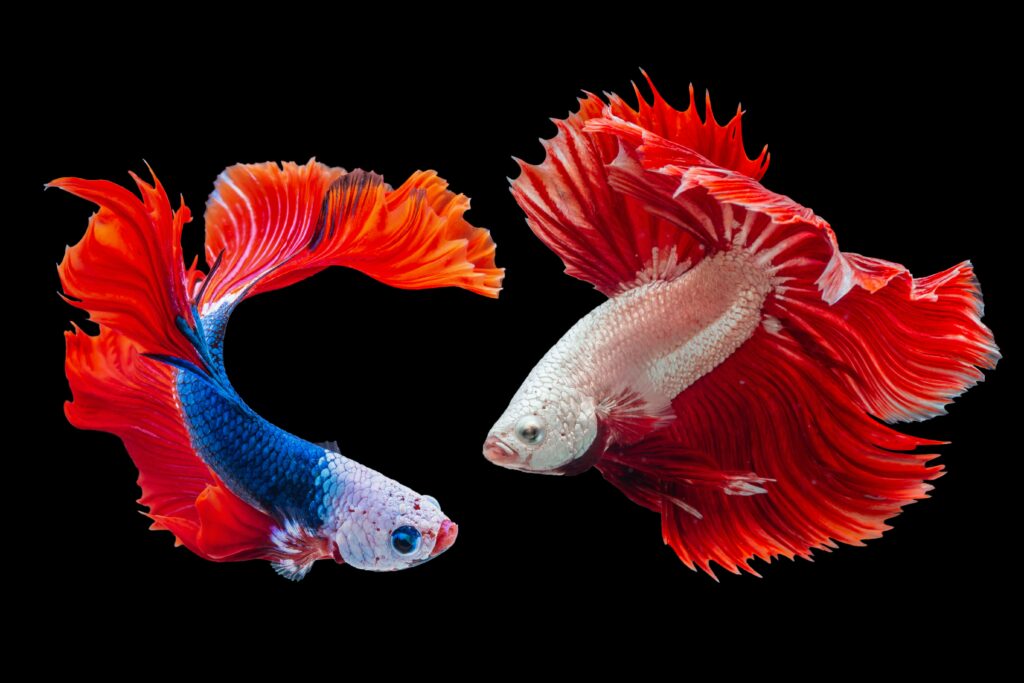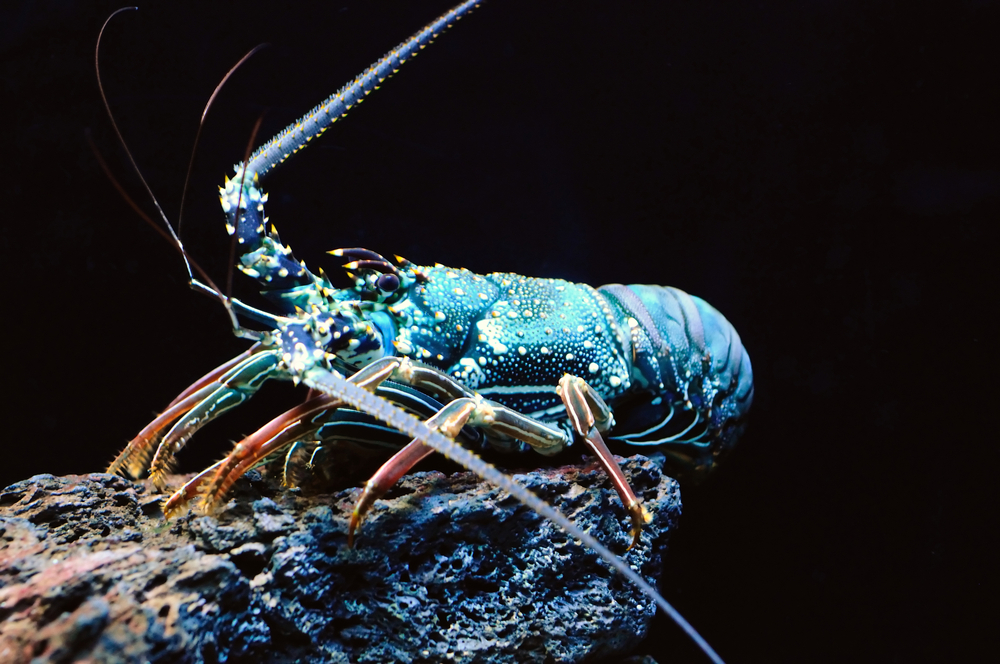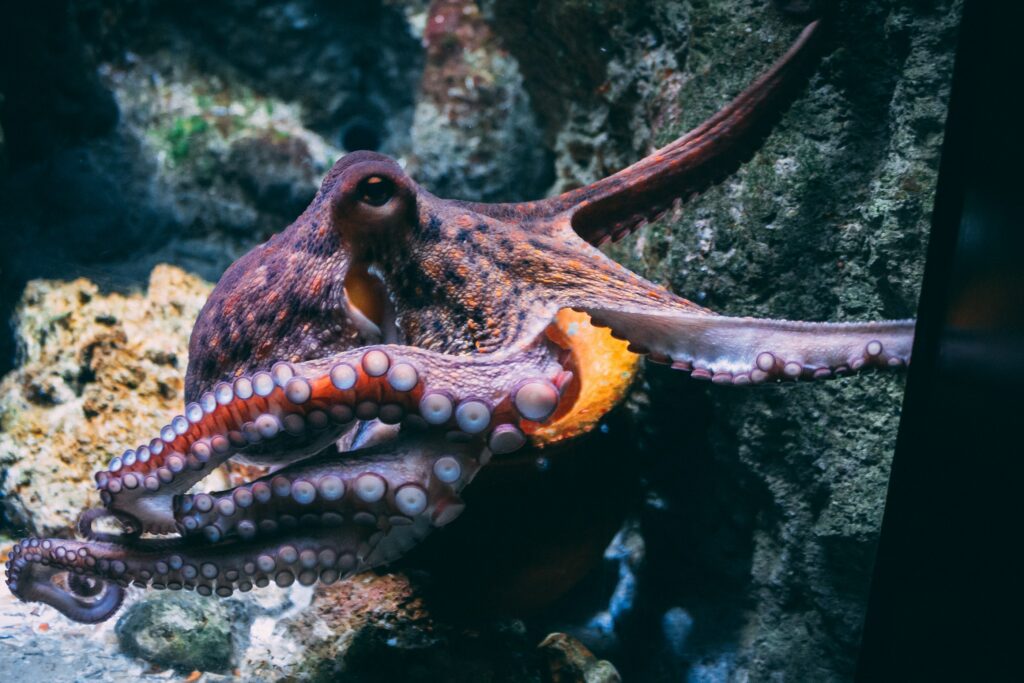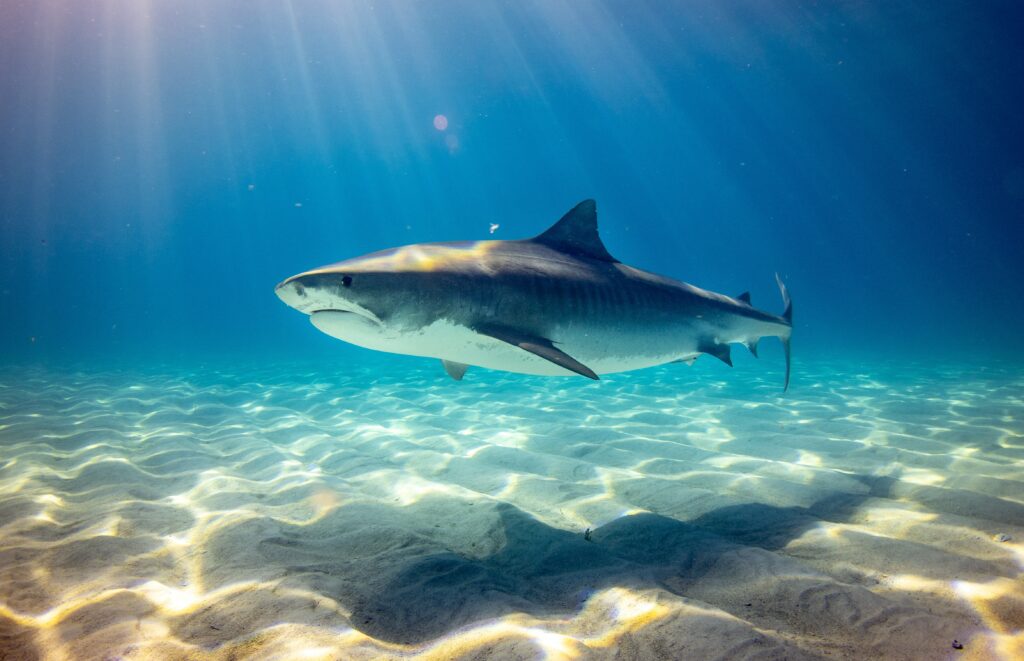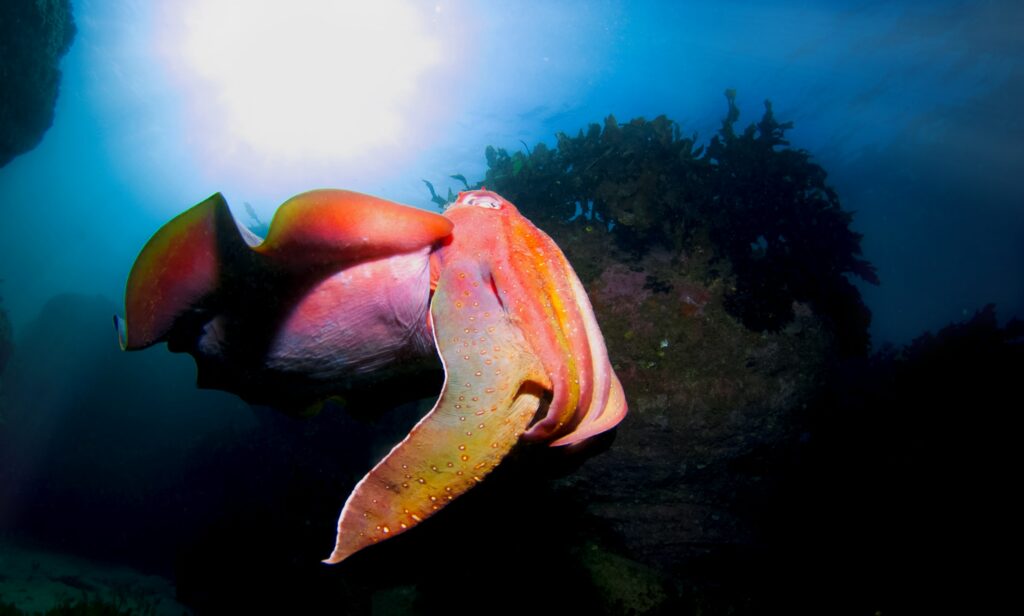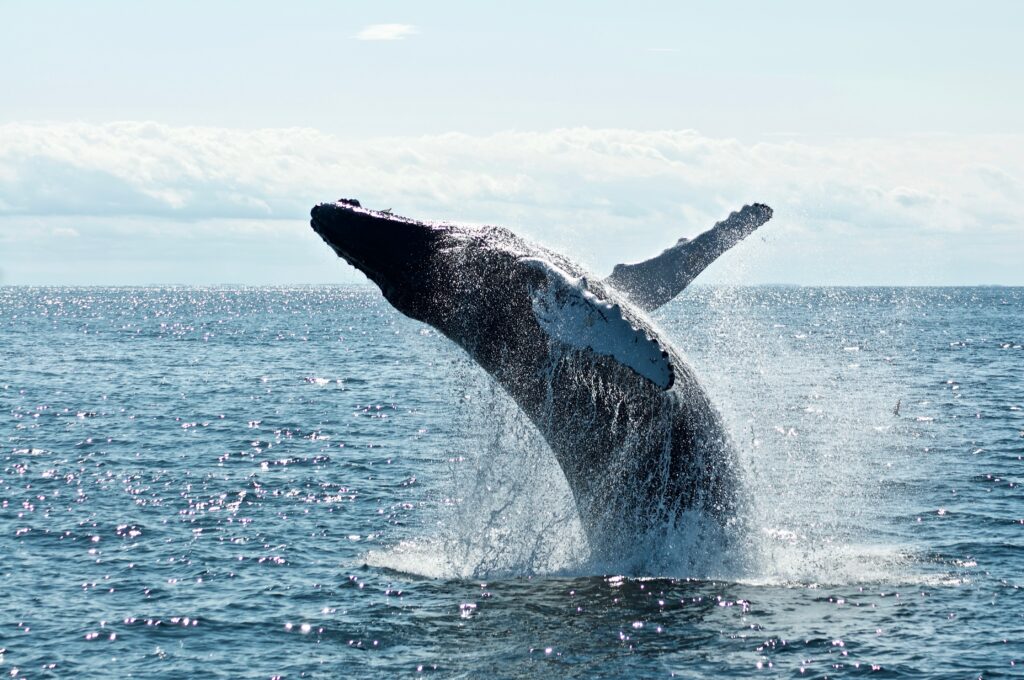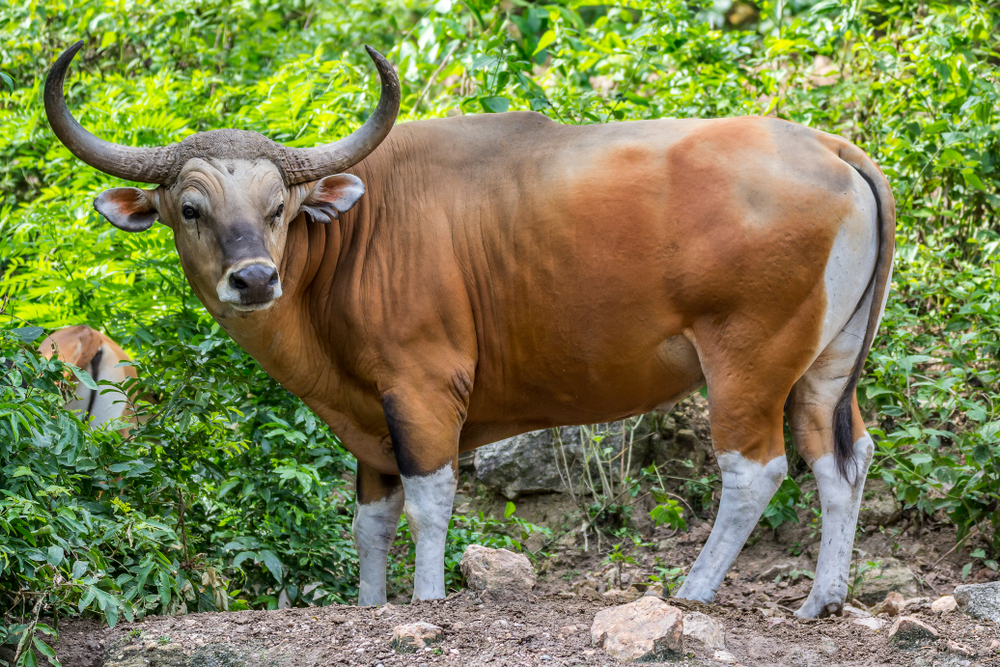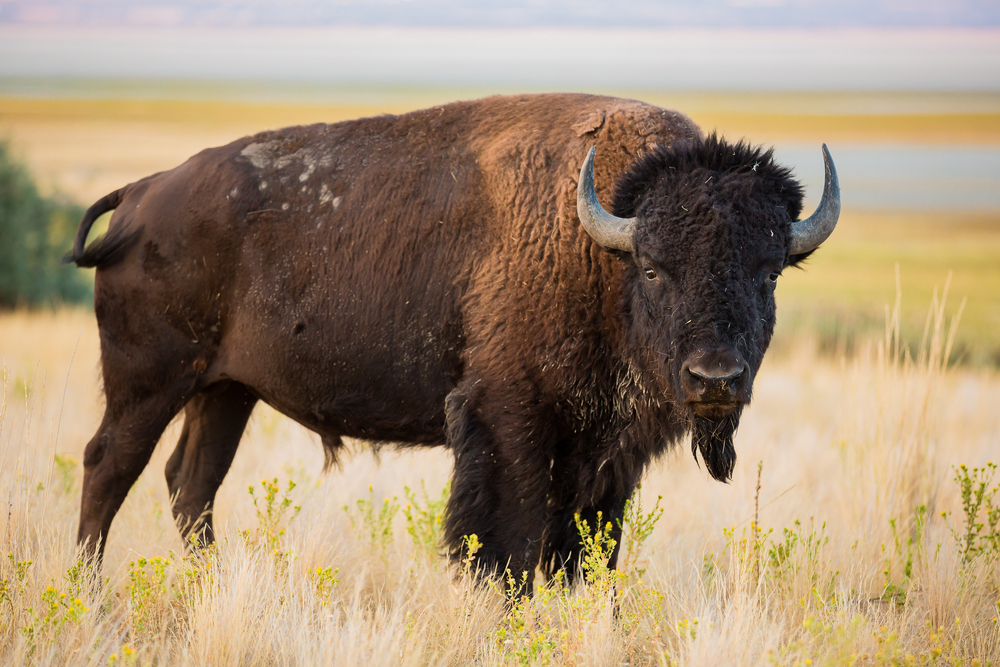Physical Characteristics
The Banteng is a graceful and powerfully built wild bovine, notable for its sleek coat, muscular frame, and distinct color contrasts. As a member of the Bovidae family, it shares physical similarities with domestic cattle, but its elegance, posture, and forest-adapted body shape make it visually and functionally unique among wild oxen.
Size and Weight
Banteng are medium to large-sized bovines, slightly smaller and more slender than their close relative, the gaur:
-
Males stand about 160 cm (5.25 ft) at the shoulder and weigh between 600–800 kg (1,320–1,760 lbs).
-
Females are smaller, standing around 135 cm (4.4 ft) at the shoulder and weighing 400–500 kg (880–1,100 lbs).
Their bodies are long and deep-chested with strong, straight backs and relatively slim legs, built for navigating dense forests and open woodland terrain.
Coloration and Sexual Dimorphism
One of the Banteng’s most striking features is its dramatic color difference between males and females:
-
Adult males are a glossy dark brown to black, especially in the Javan and Burma subspecies.
-
Females and juveniles are light reddish-brown with a white underbelly.
-
Both sexes have distinct white “stockings” on their lower legs, a white rump patch, and a thin white stripe along the buttocks and thighs.
-
A pale patch may appear between the eyes and on the muzzle.
This color contrast not only aids in herd recognition but also serves as camouflage in dappled forest light.
Horns
Both males and females possess horns, but they differ in shape and size:
-
Male horns are thicker, curved upward and slightly inward, reaching up to 75 cm (30 inches) in length.
-
Female horns are thinner and more inward-pointing, used mostly for defense.
The horns emerge from a broad forehead, often highlighted by a gray or pale area at the horn base, especially in mature males.
Head and Facial Features
Banteng have a short, broad face, large dark eyes, and rounded ears. Their heads are proportionate to their bodies, with a calm but alert expression. A dewlap—a loose flap of skin under the throat—is more prominent in males.
Limbs and Hooves
Their slim but powerful legs and compact hooves are well-suited for rugged terrain, from grassy plains to hilly forests. The white leg markings give a “stockinged” appearance unique among wild bovines.
In summary, the Banteng’s combination of muscular build, vivid coloration, elegant horns, and subtle sexual dimorphism makes it one of the most visually distinctive and beautiful wild cattle species in the world.

